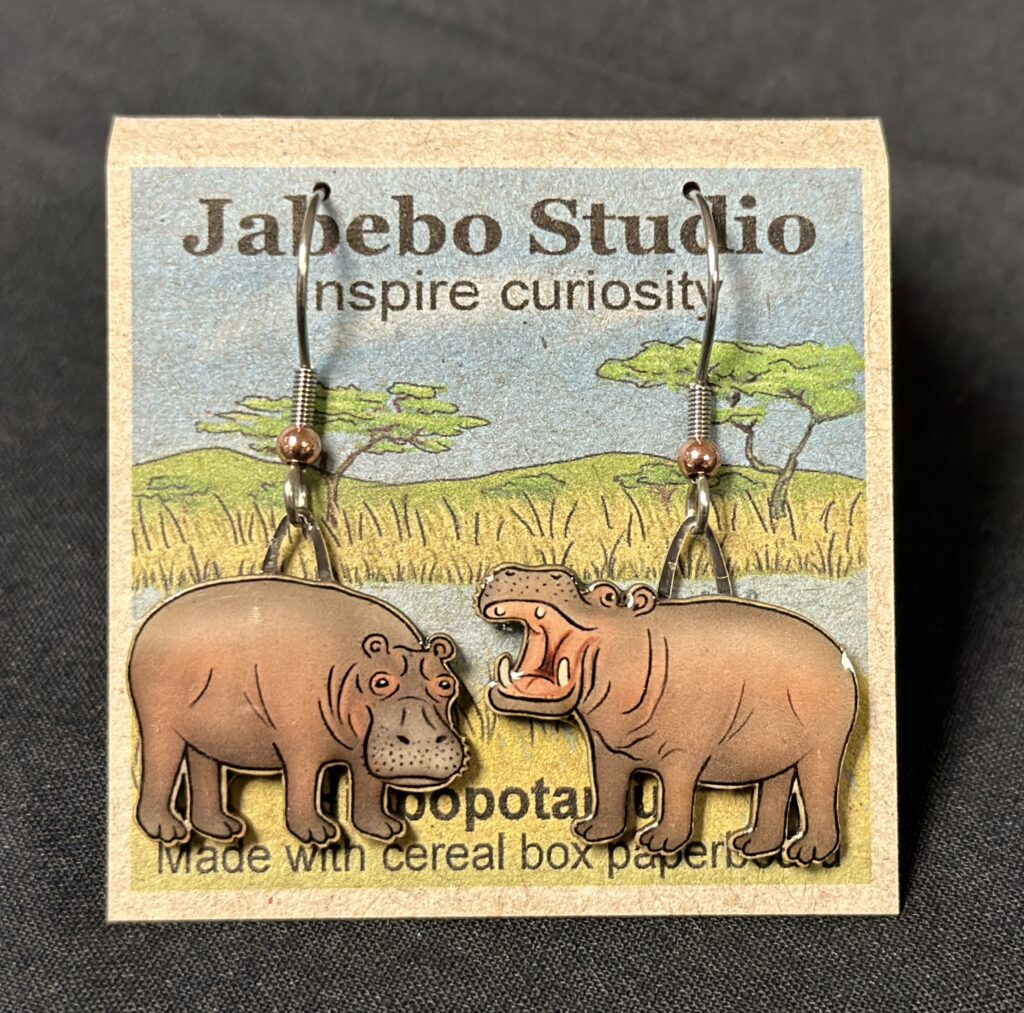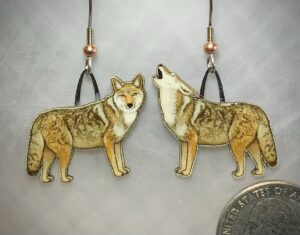
An icon of the American West, this canid has made its way eastward. Surprisingly, they have learned to live in many urban areas while keeping a low profile.
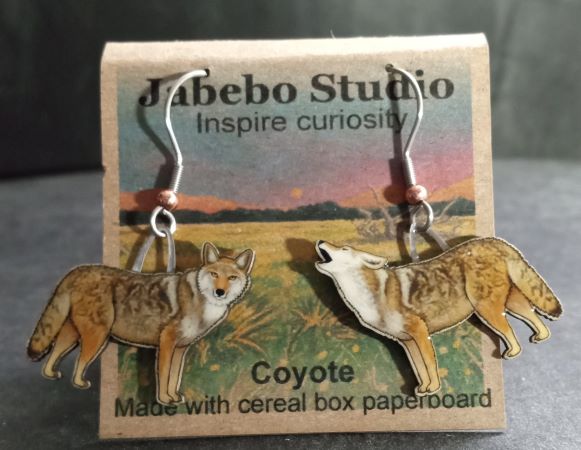
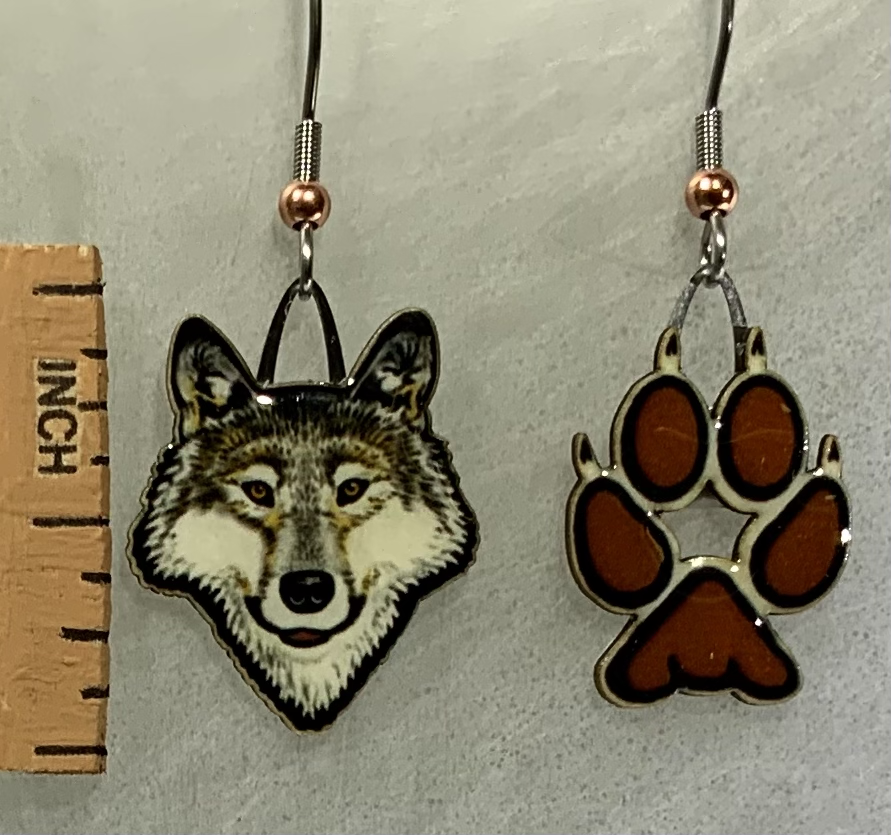
Also available with two matching wolf heads (505Z).
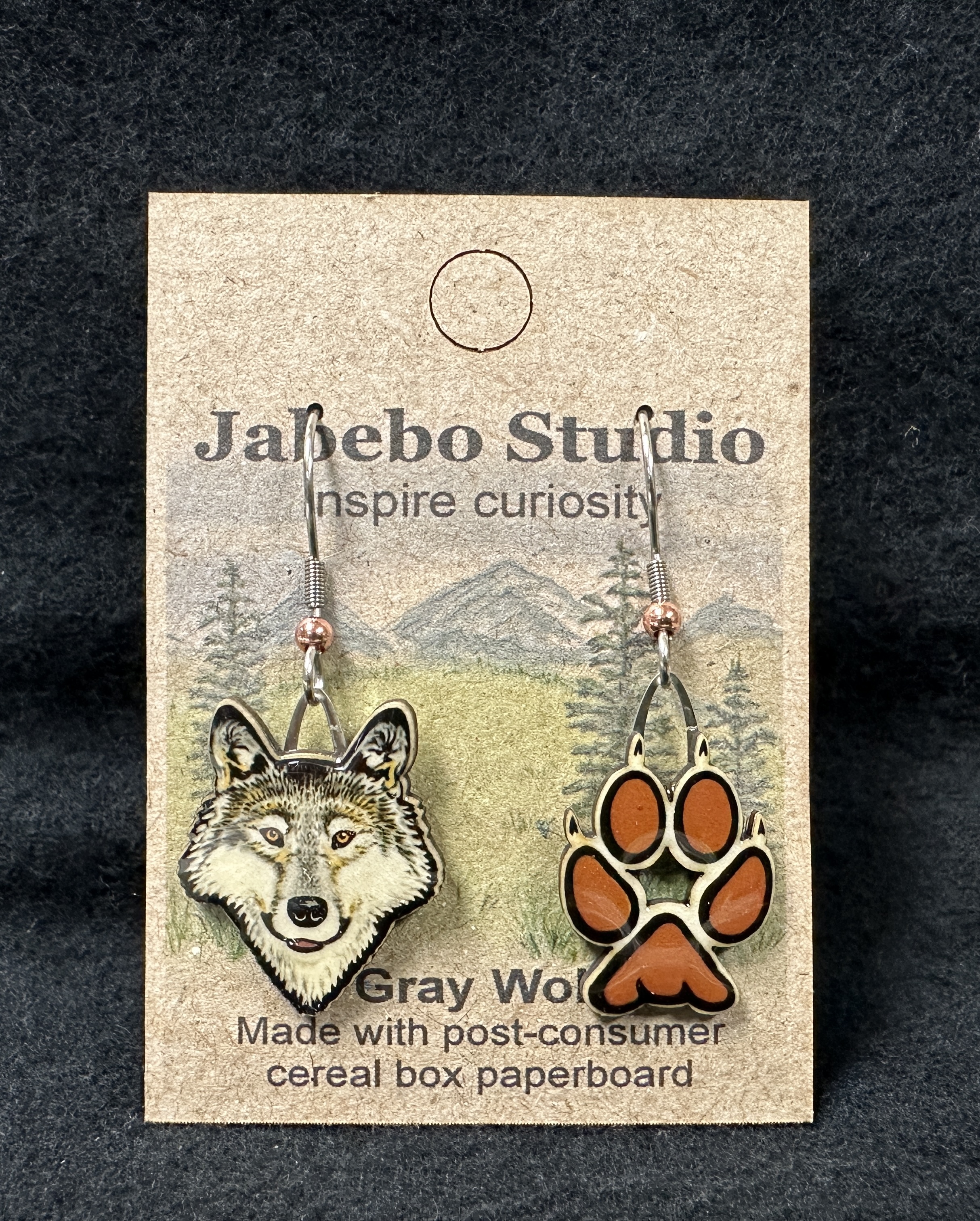
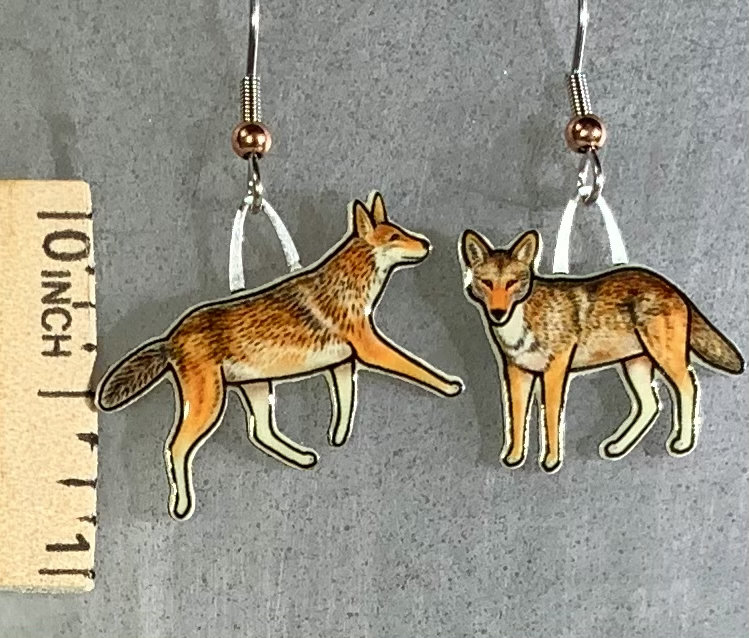
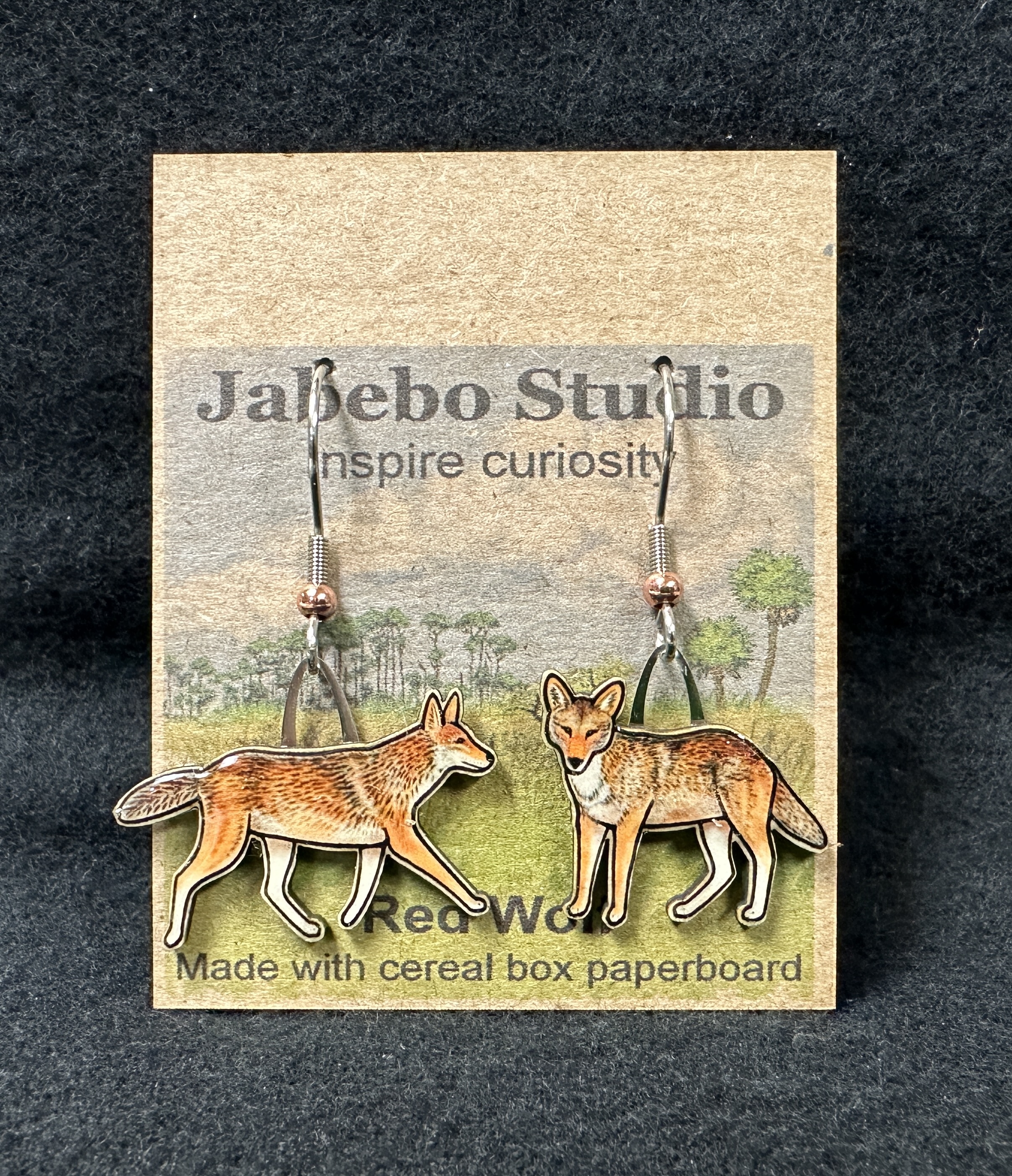
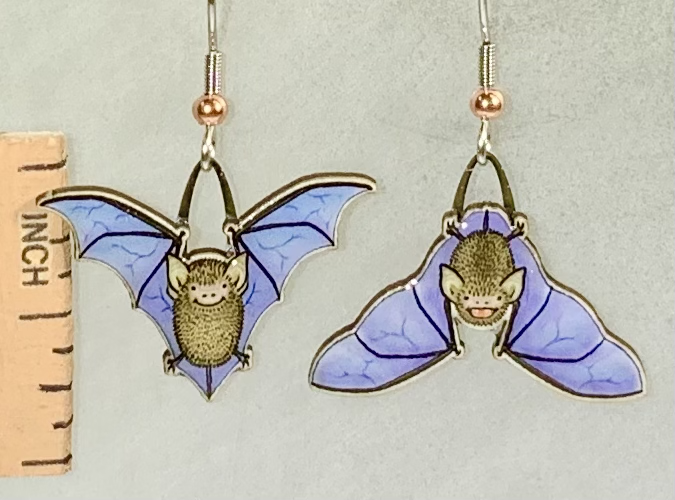
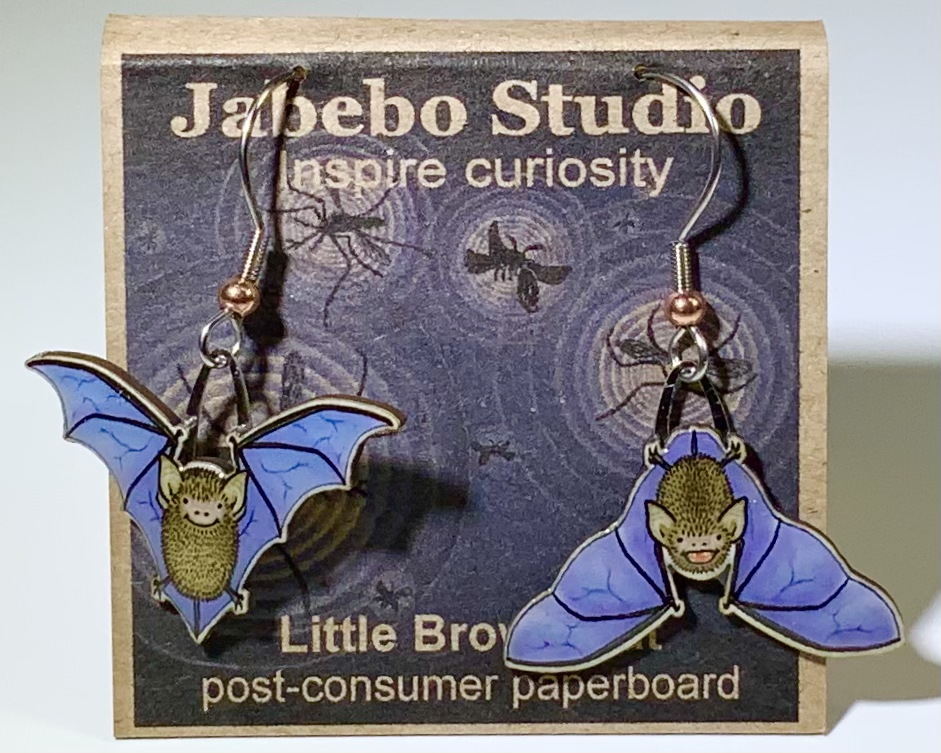
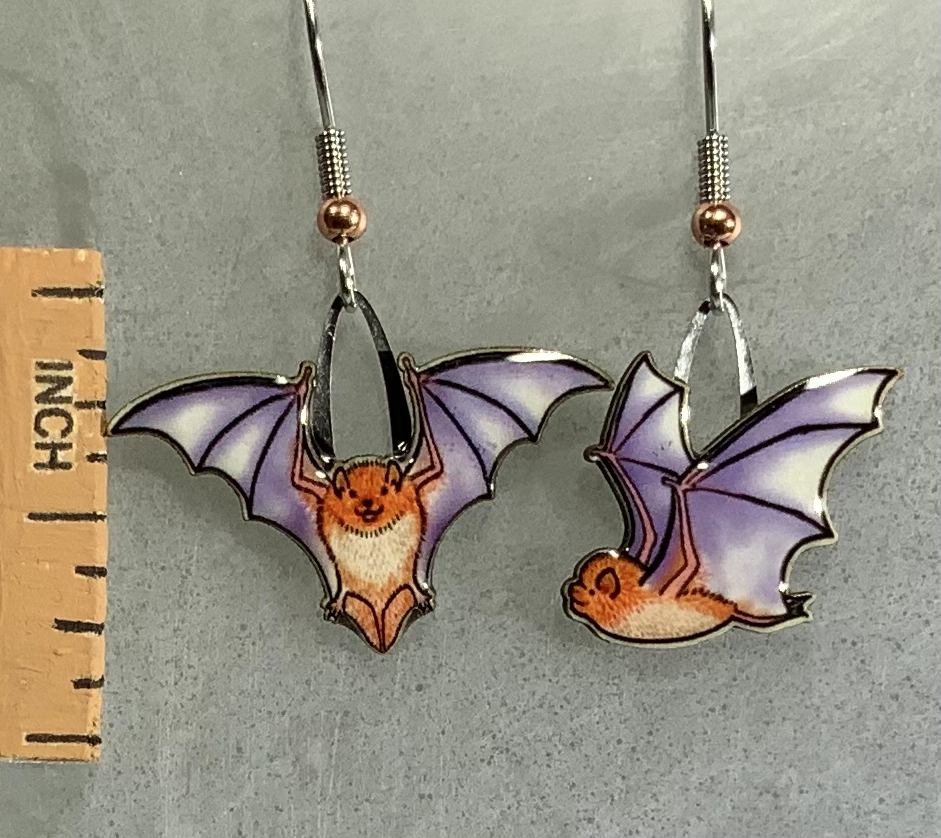
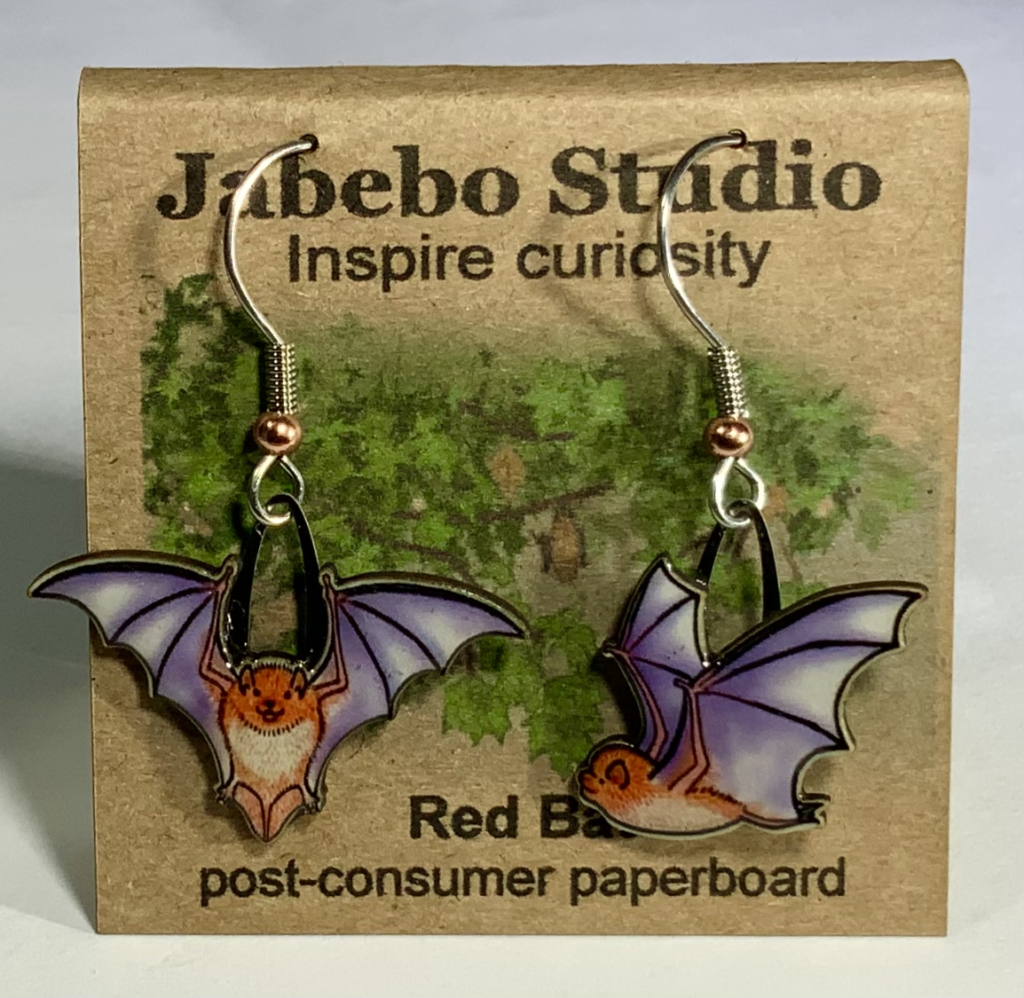
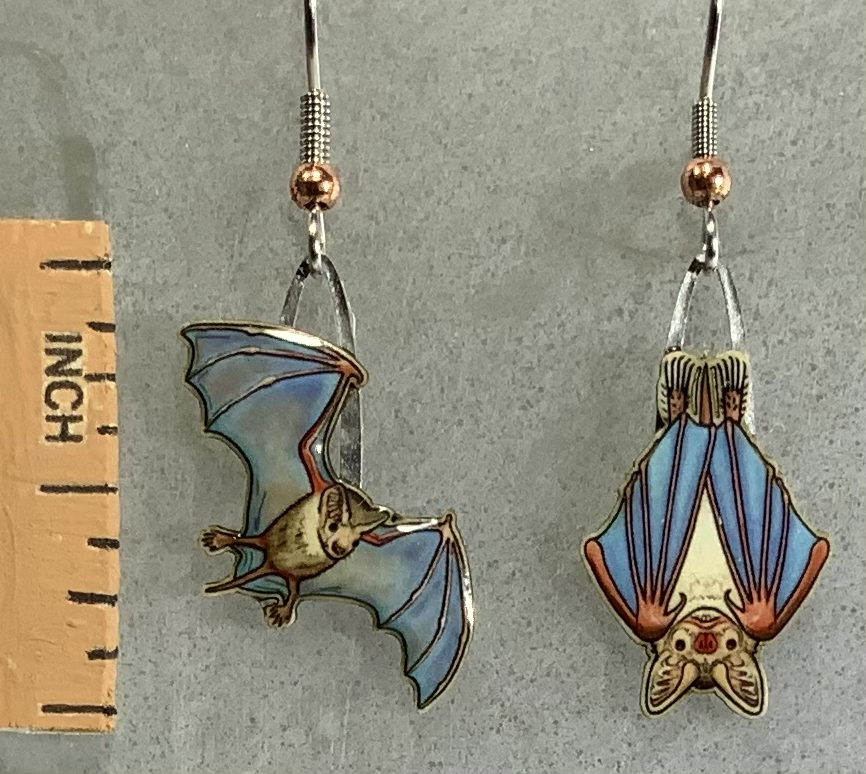
A common and widely distributed bat in the West and Southwest. Some of their roosting sites accommodate huge numbers of bats and draw crowds of spectators when they take flight for the evening.
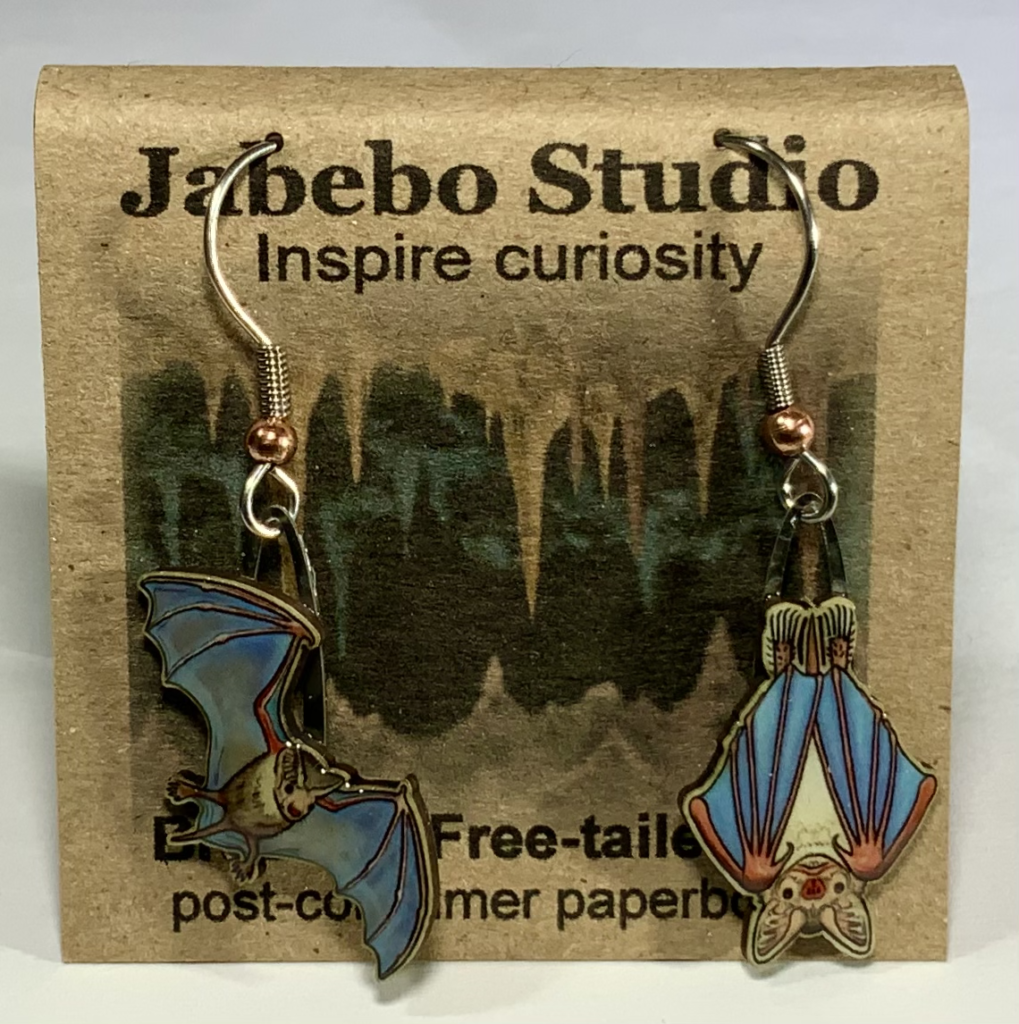
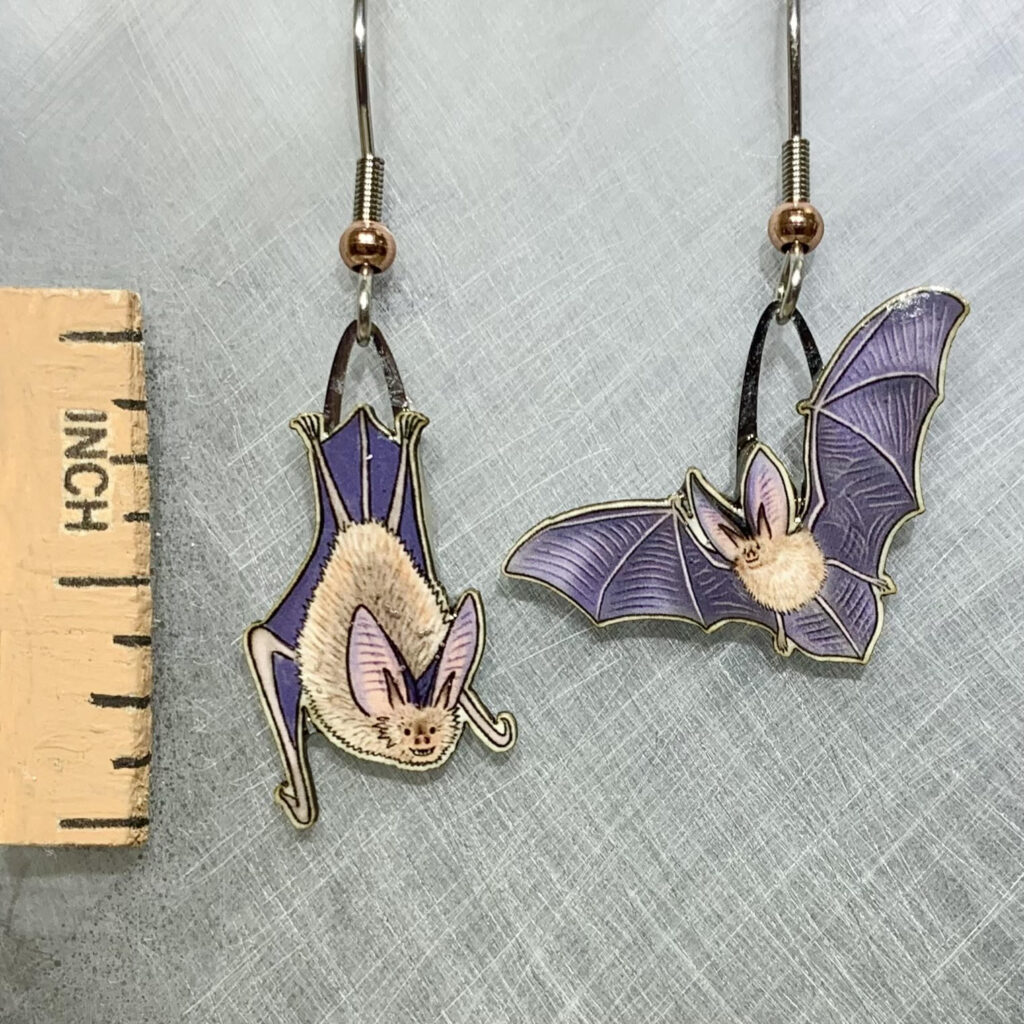
There are several subspecies of Townsends Big-eared Bat with differing regional common names. As a group they live through out most of North America. They are very charismatic with their giant ears! The large ears funnel sound into the ear canal, and may also provide lift during flight and assist with temperature regulation
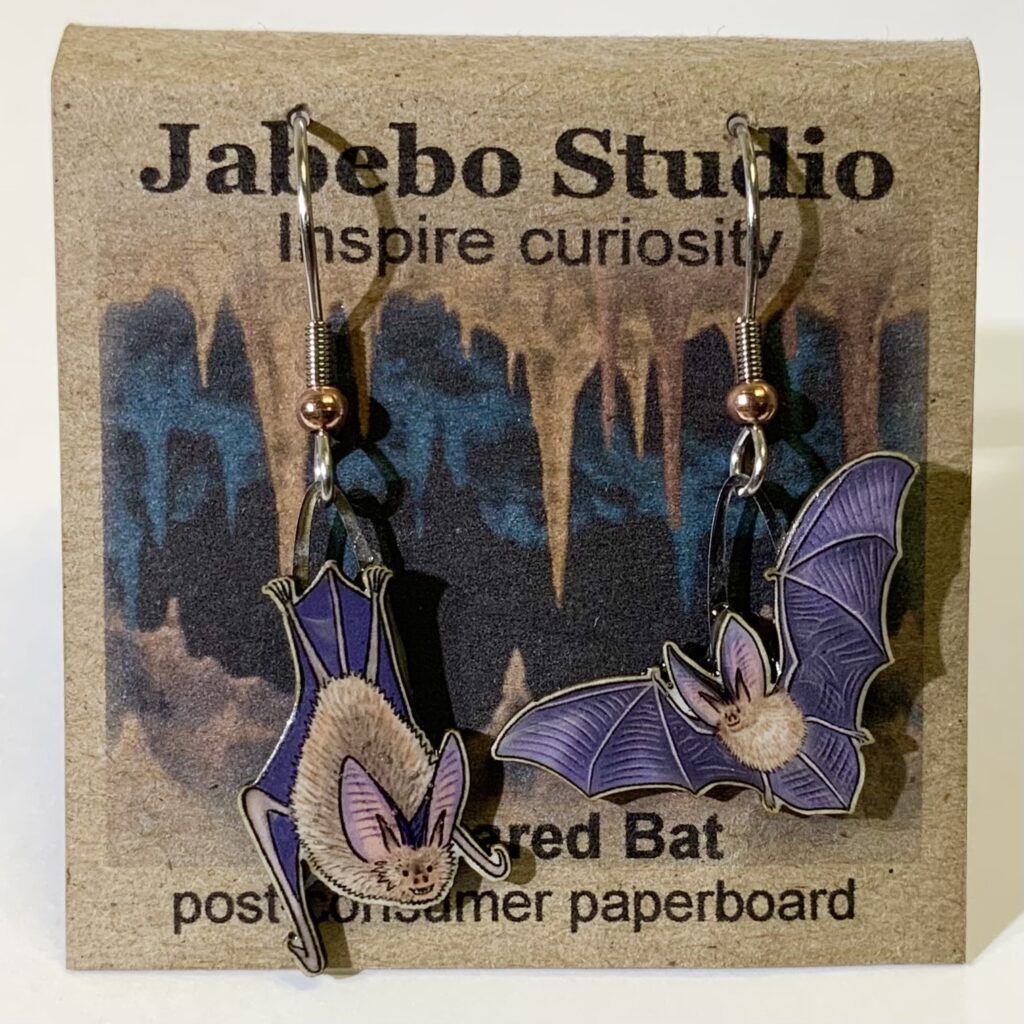
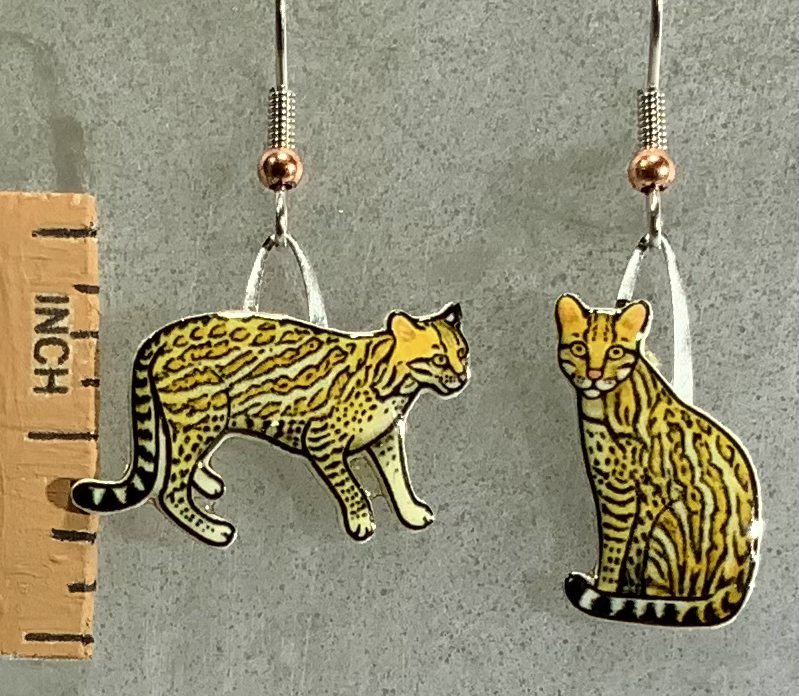
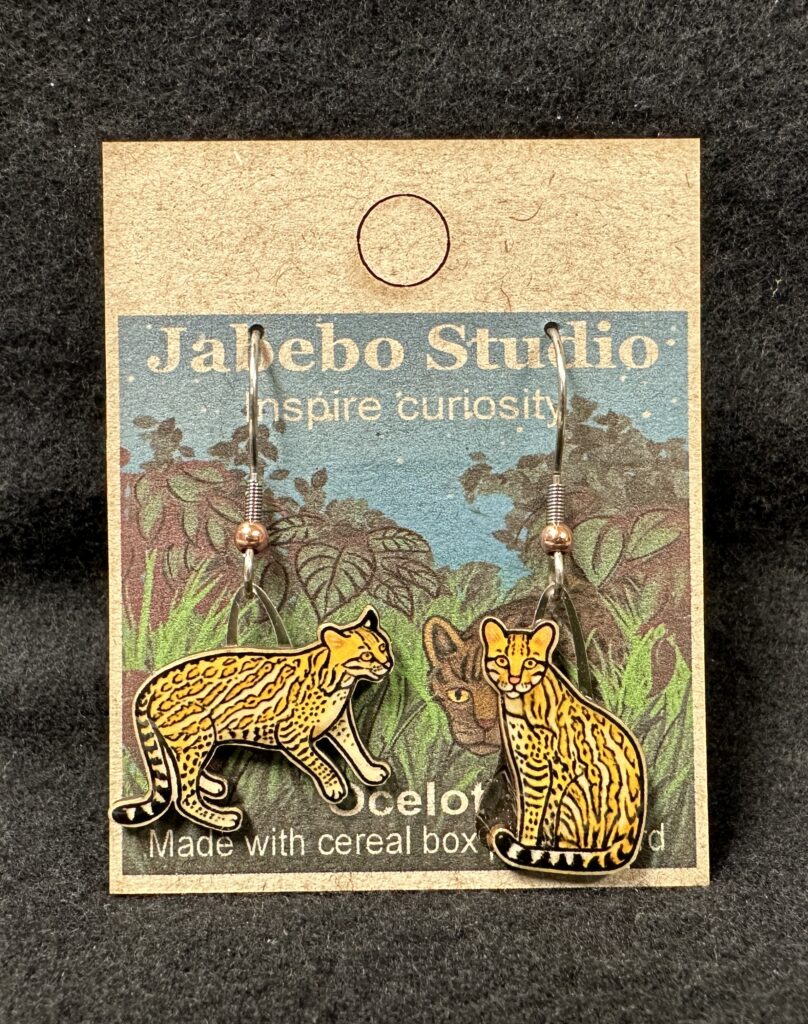
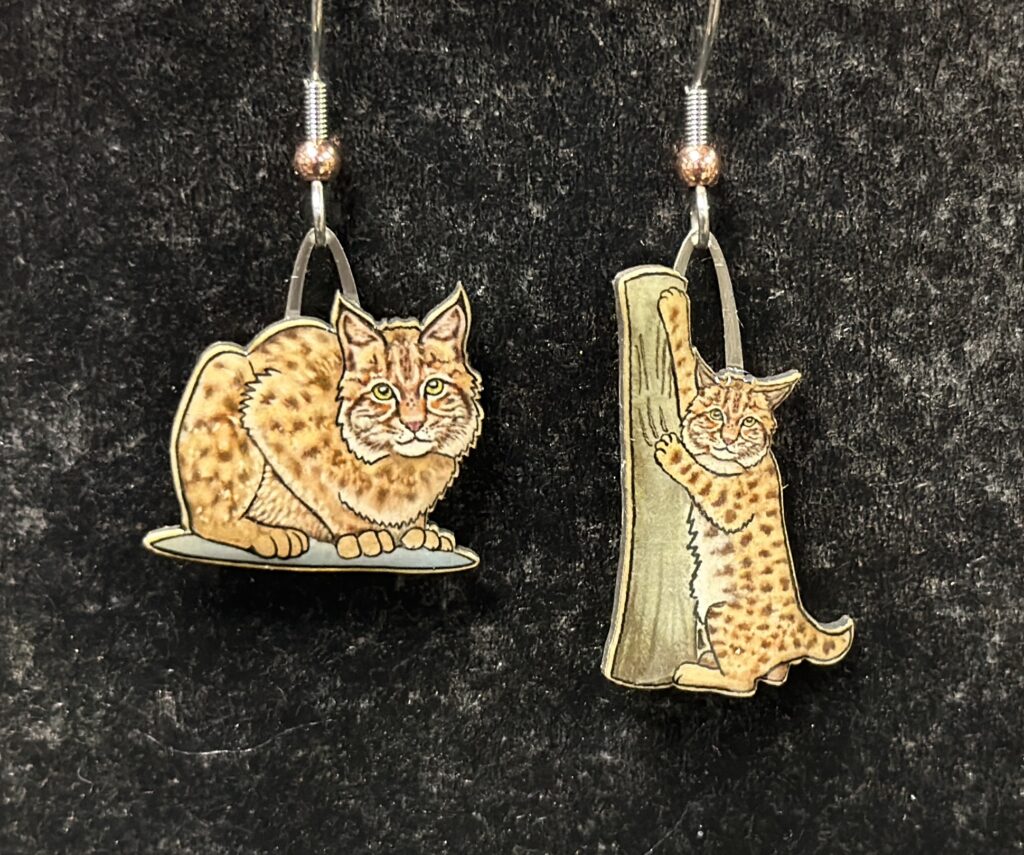
Not exactly “backyard wildlife”, these wild cats are ubiquitous throughout our region. However, they do not make good company! They are extremely shy but will viciously defend themselves if surprised or cornered.
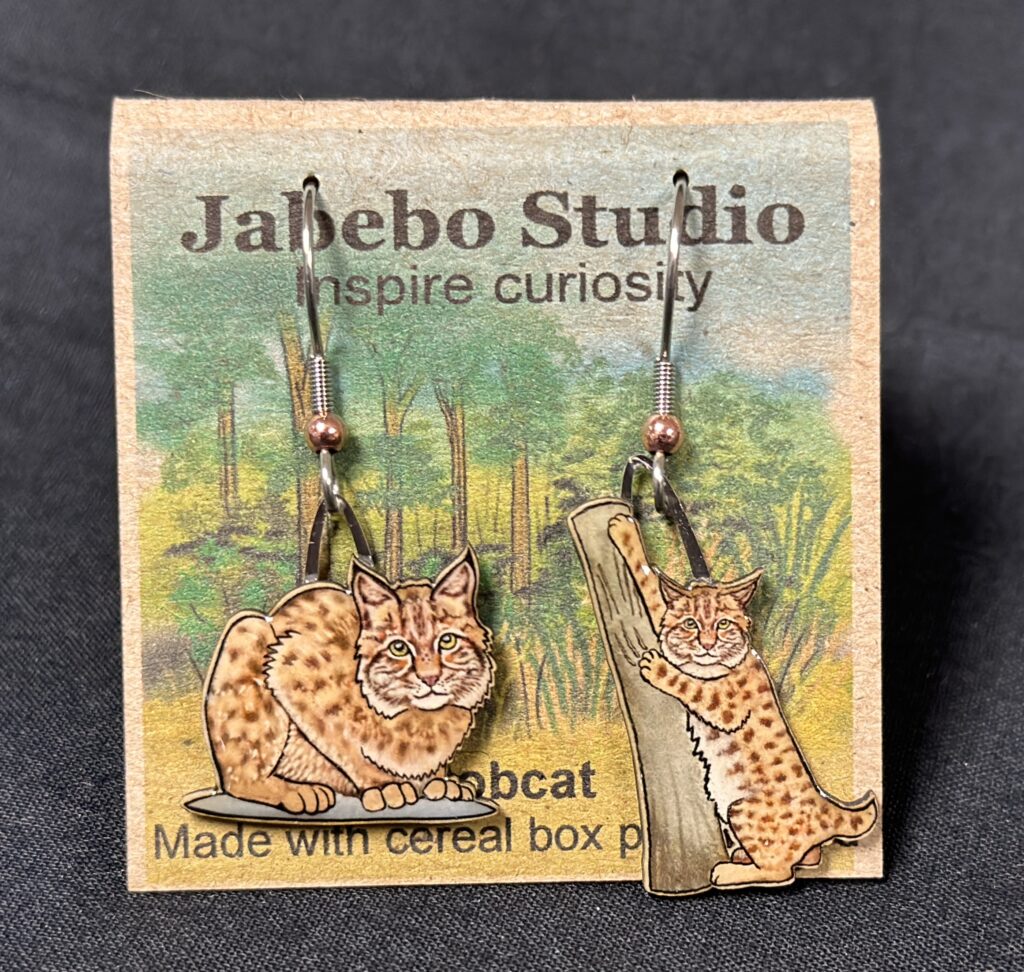

This new cougar design replaces our classic cougar head with paw design.
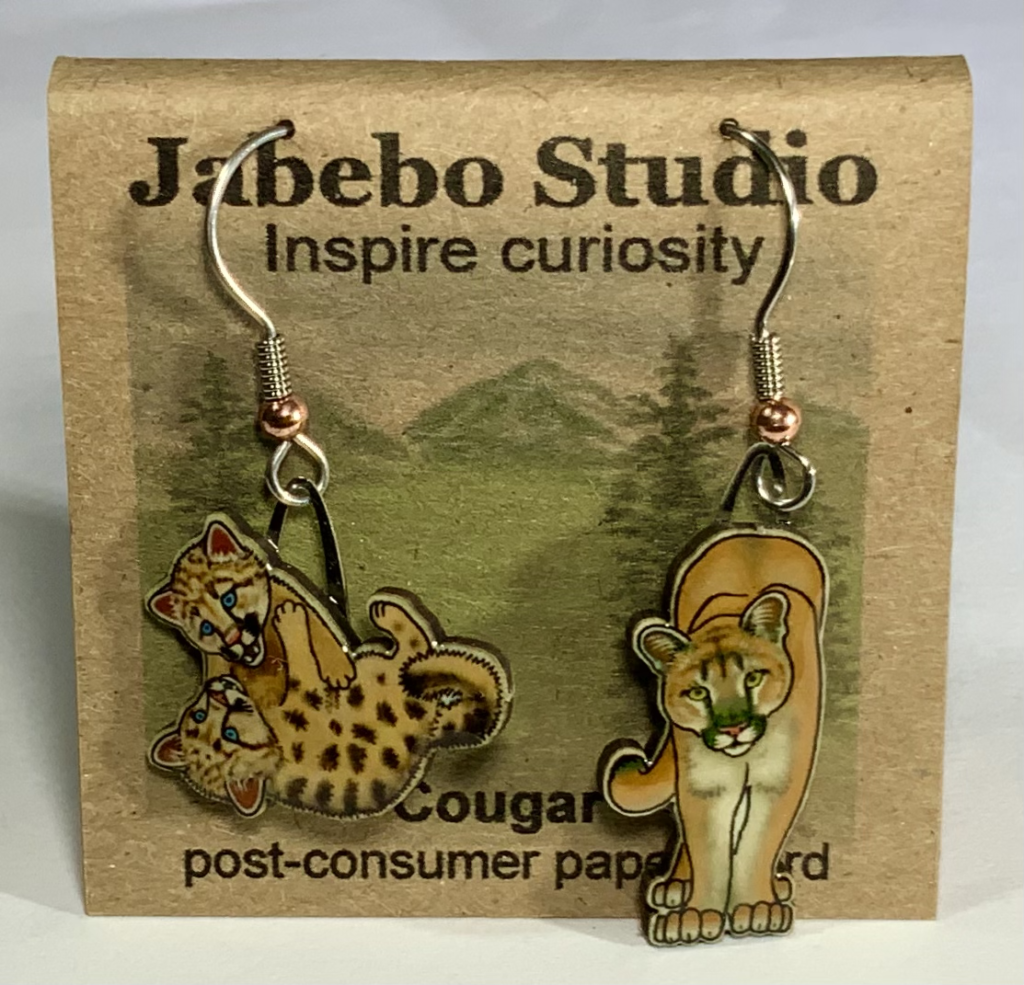
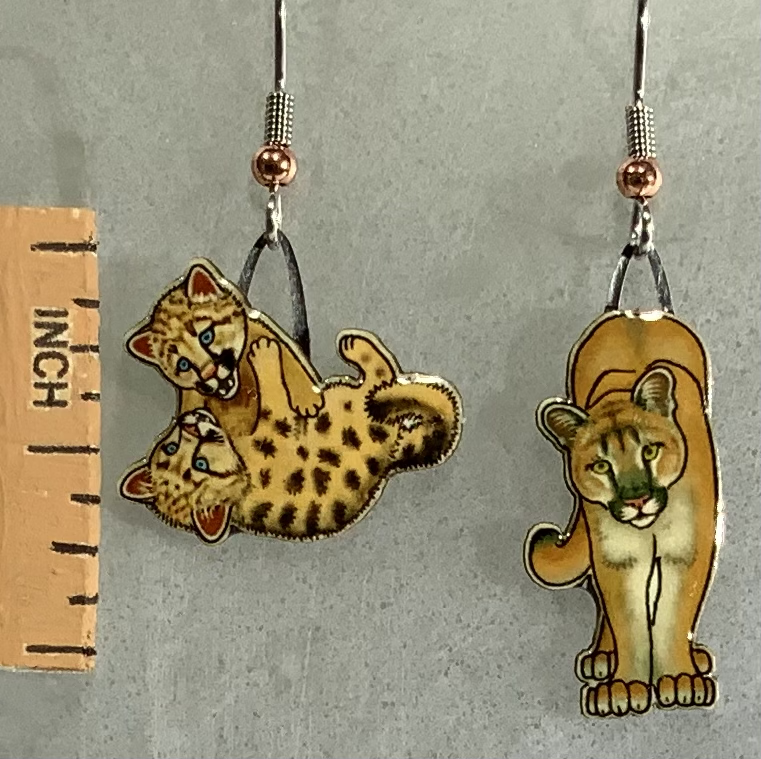
Same as 525A, but with Florida Panther labeled on the display card along with a palmetto habitat.
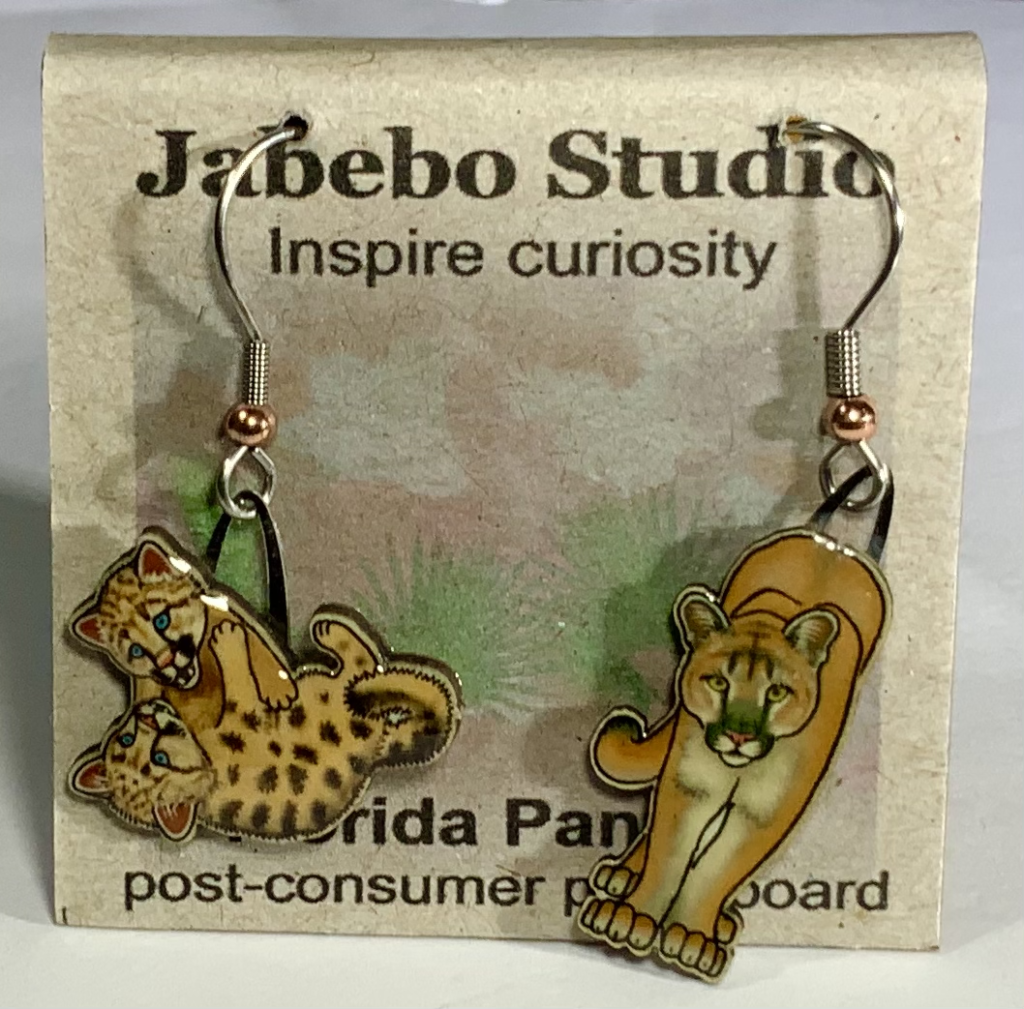
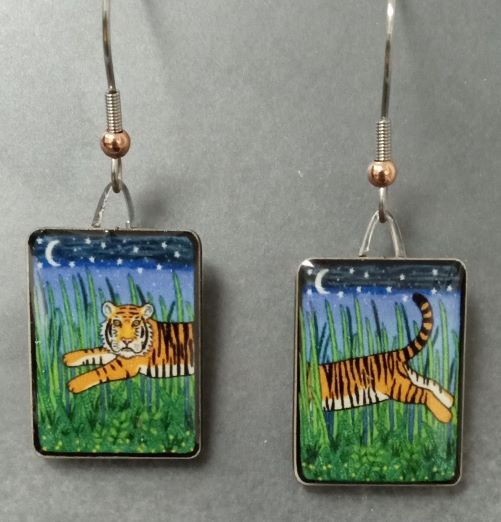

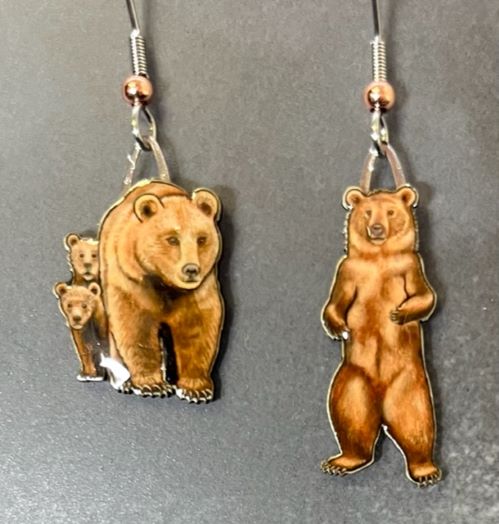
One of our highly regarded charismatic large mammals, this creature is strongly associated with wilderness. Design by Kelly
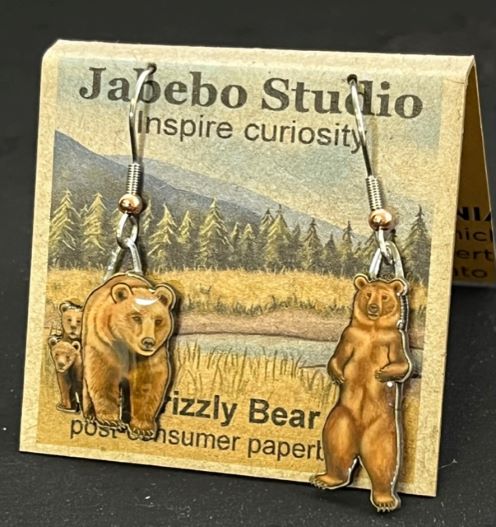
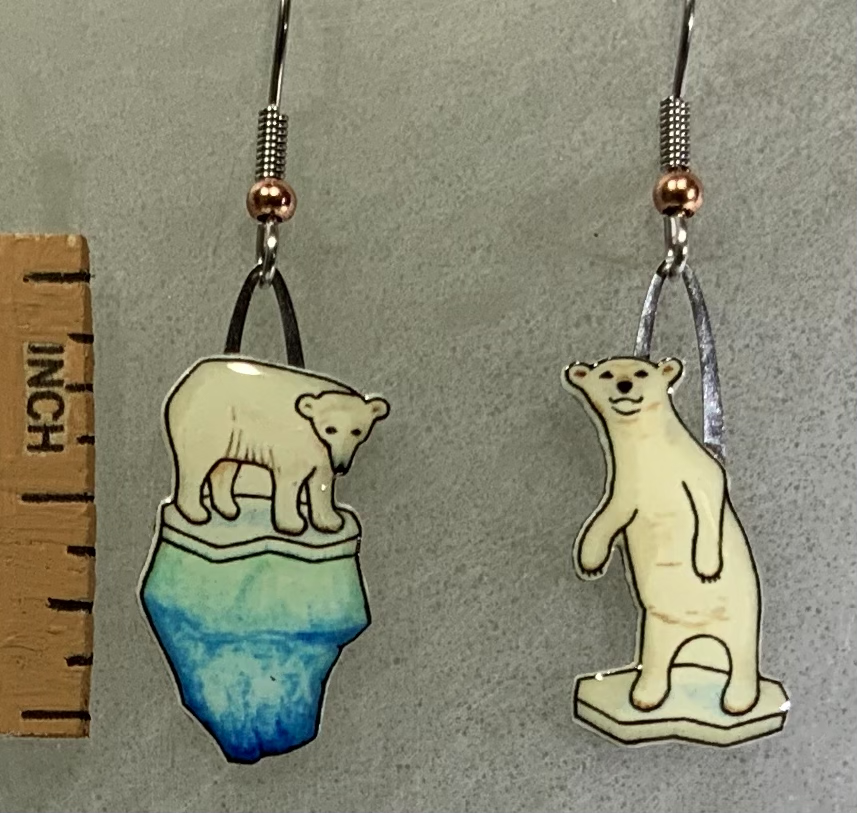
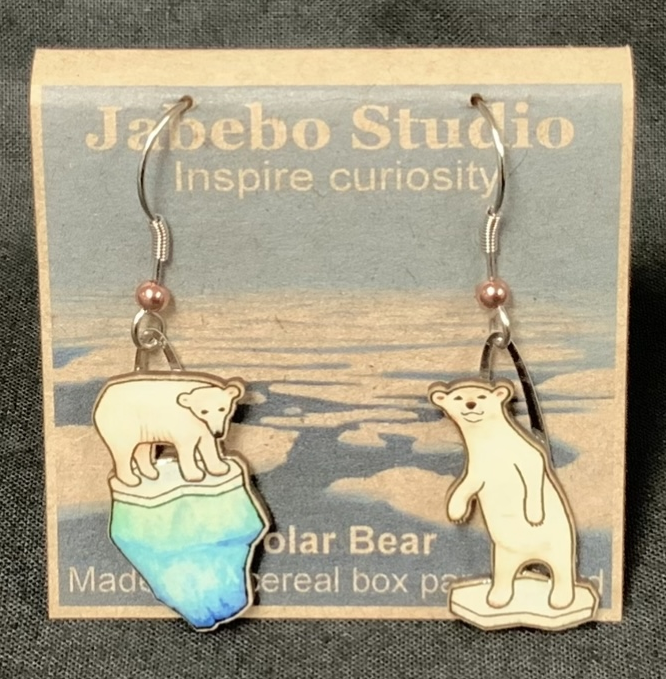
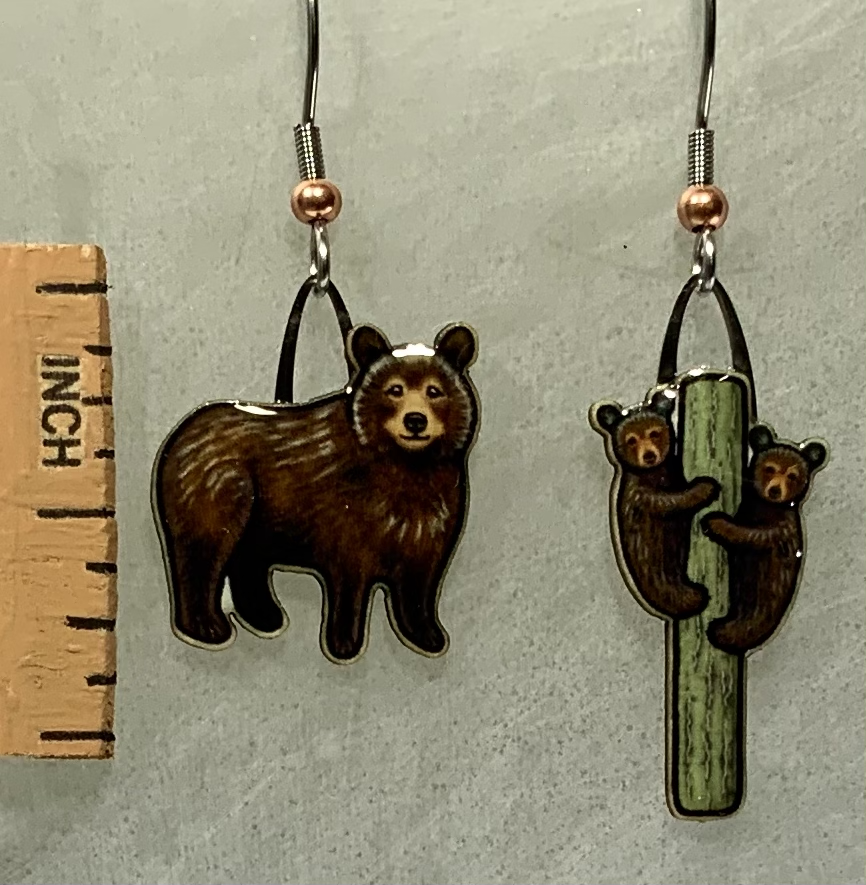
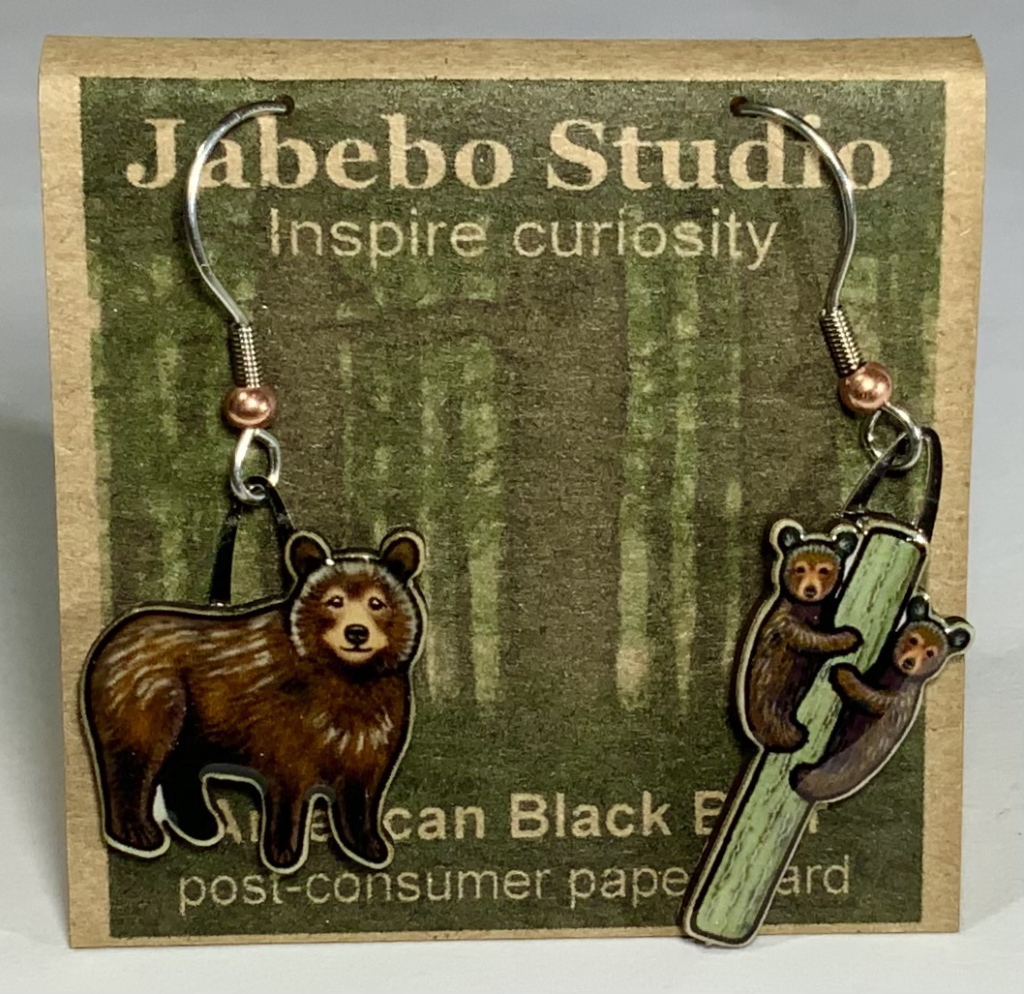
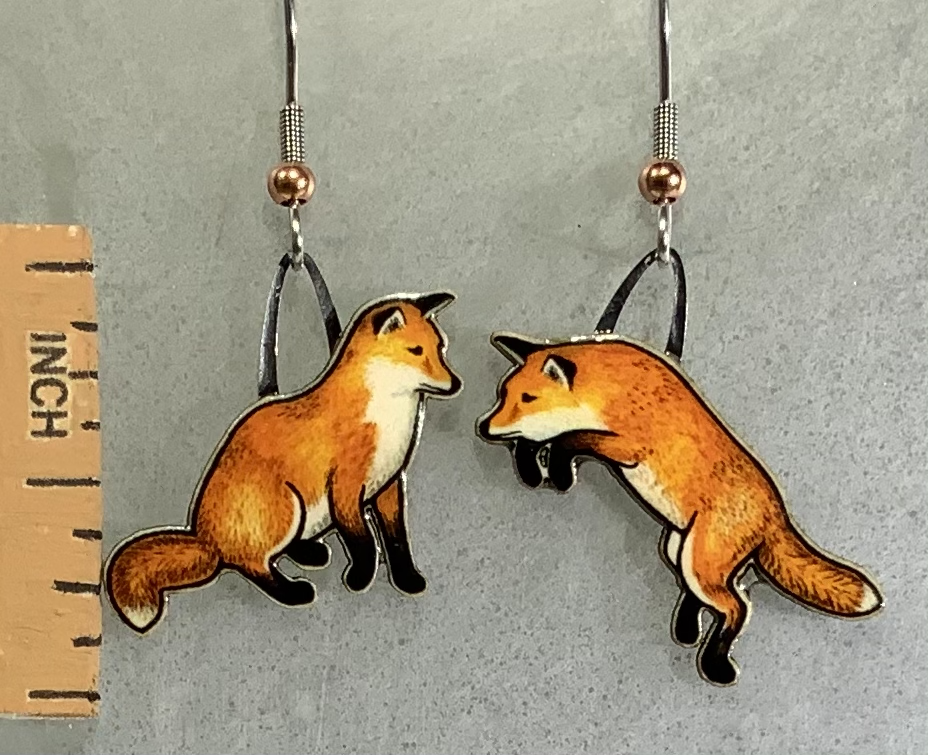
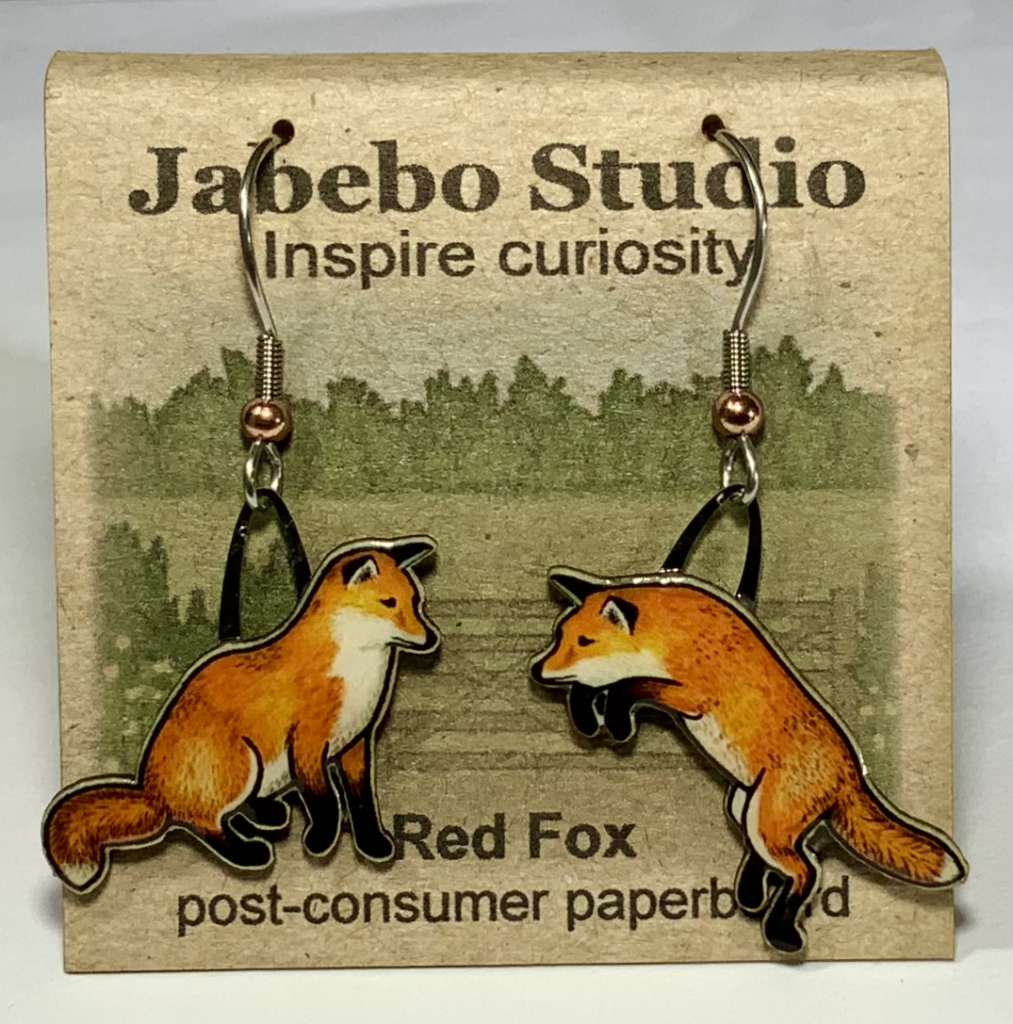
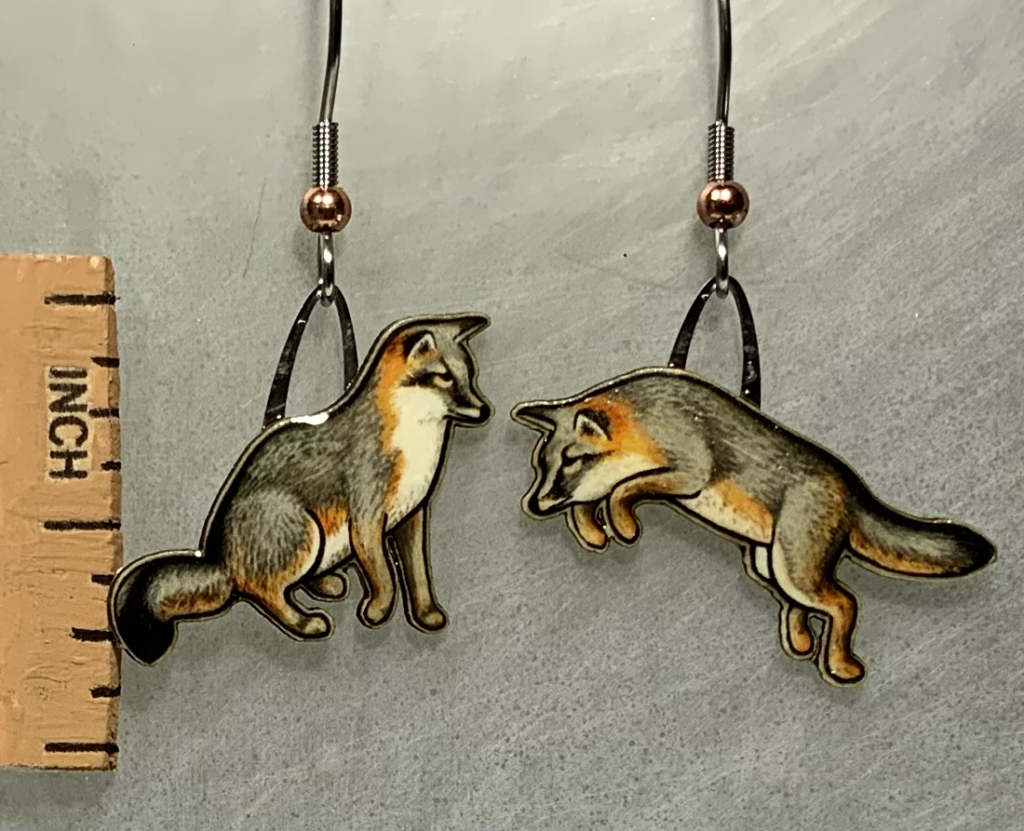
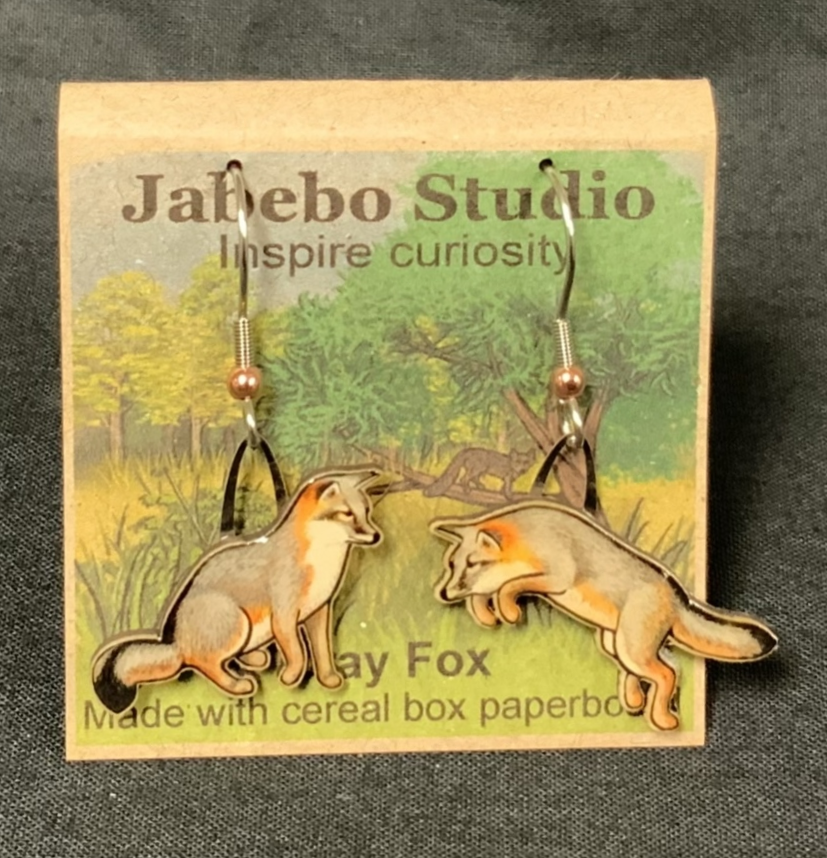
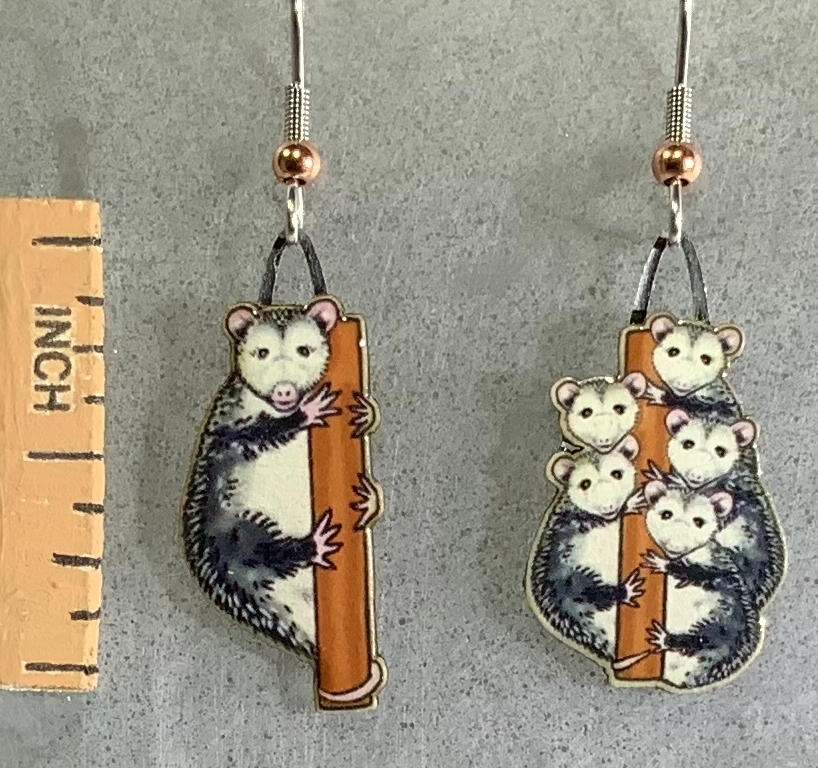
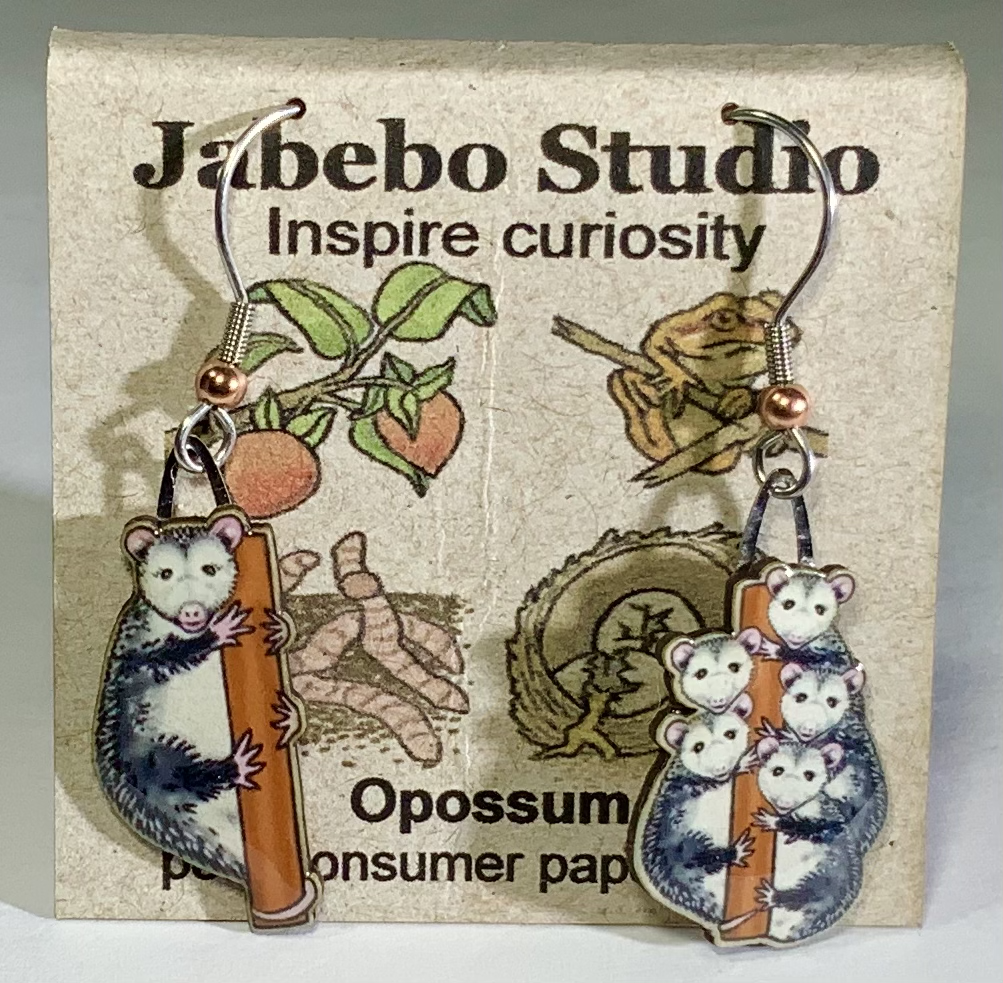
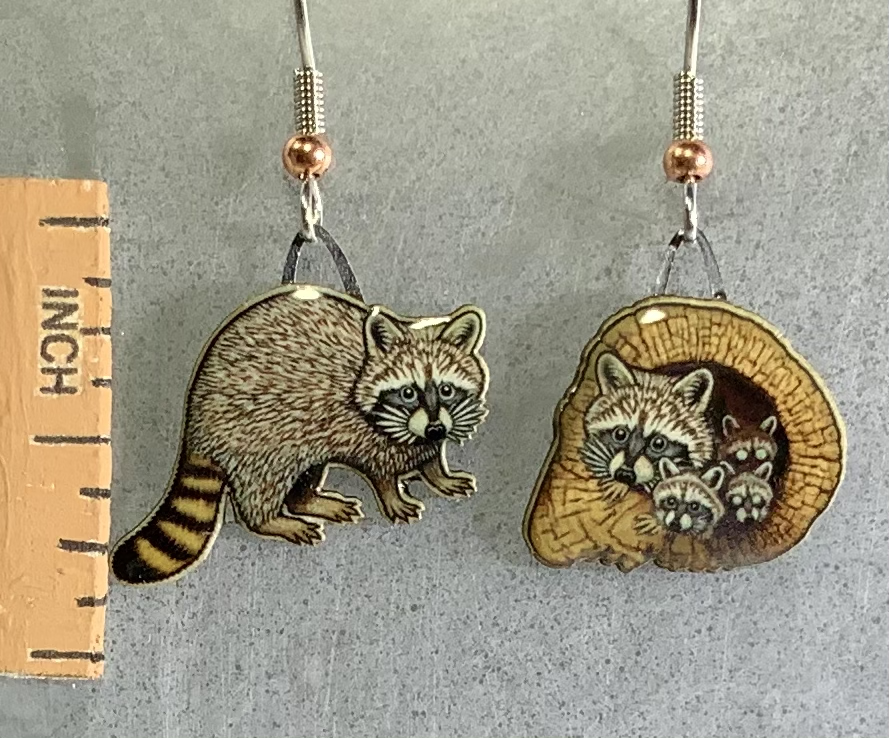
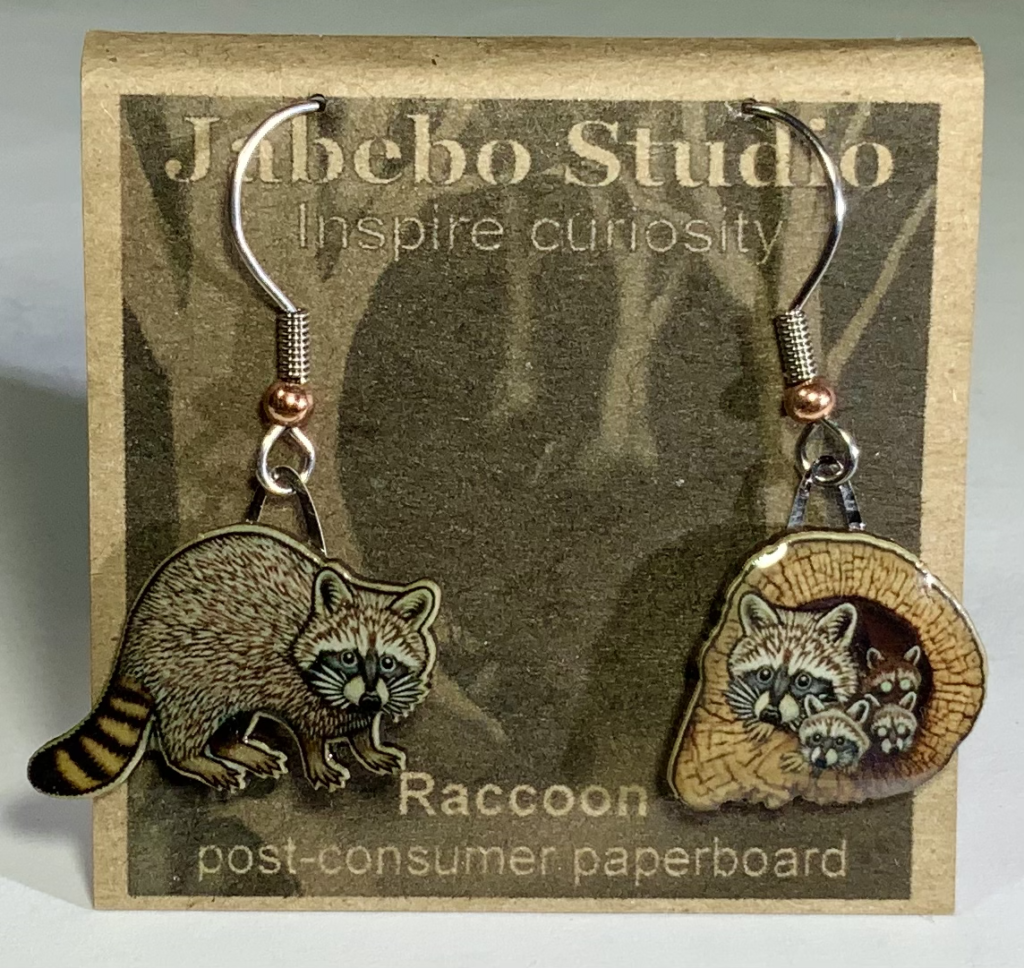
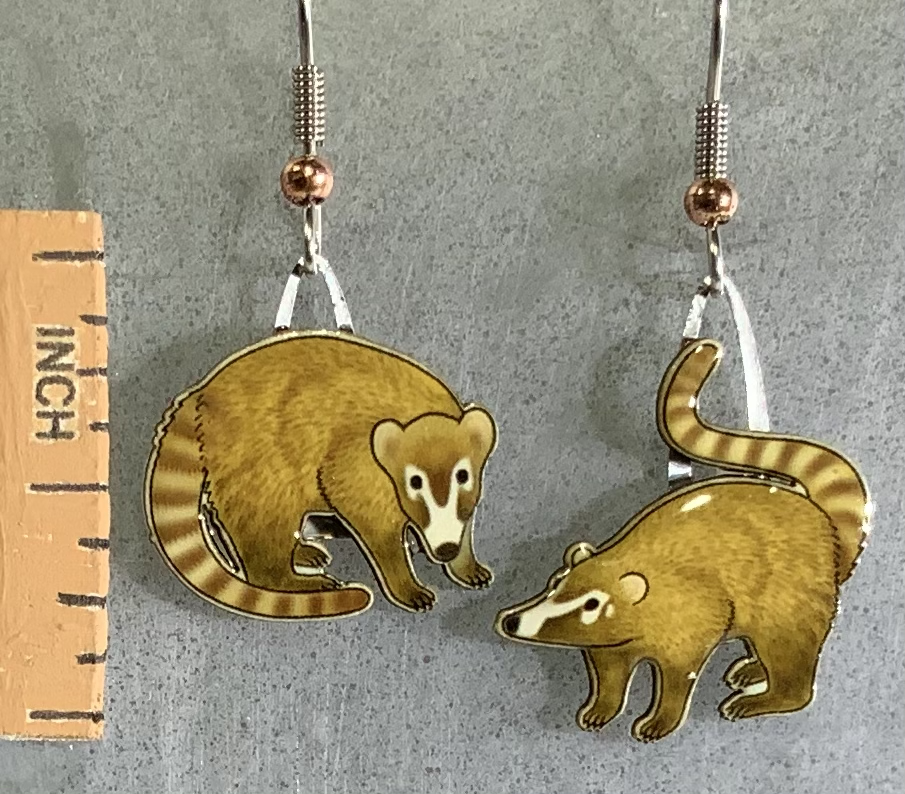
A funny mammal that may remind one of both a monkey and a raccoon. They live primarily in Mexico and Central America, but their range extends into southern Arizona and Texas.
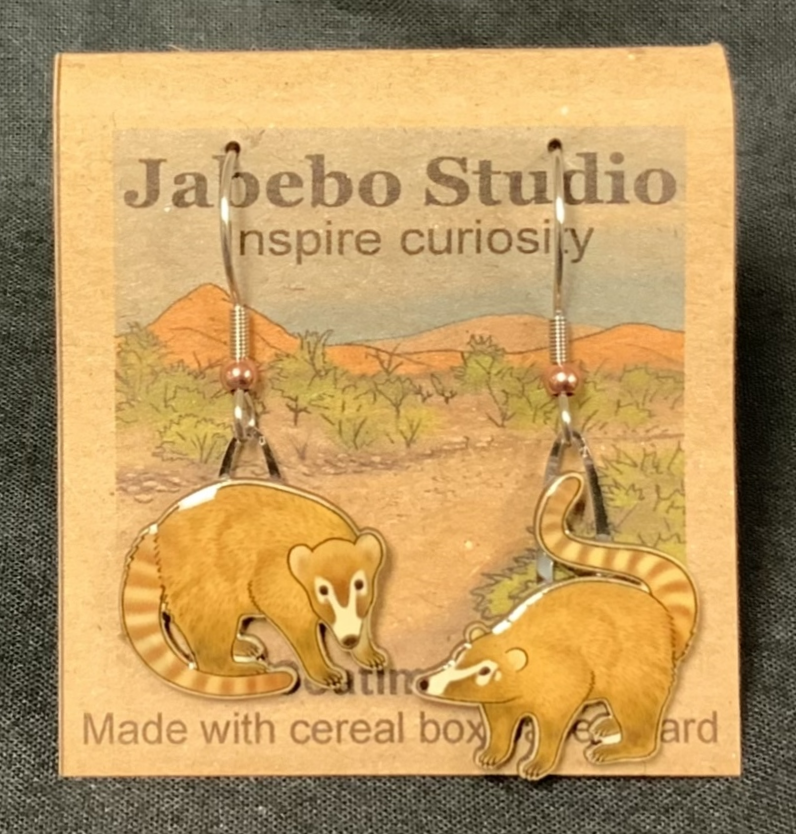
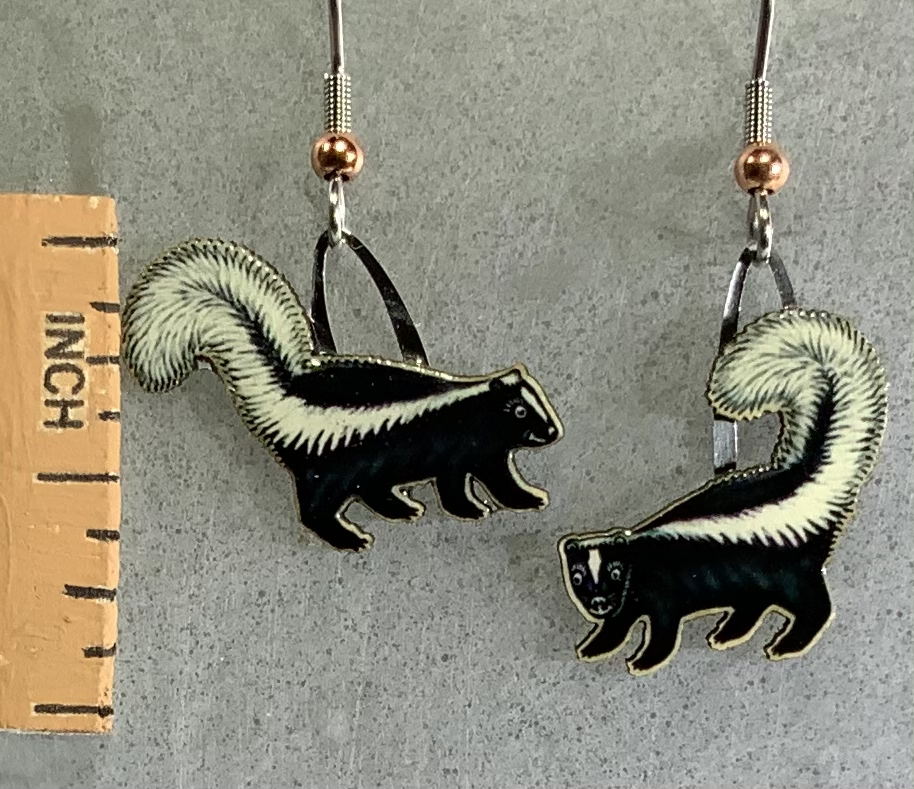

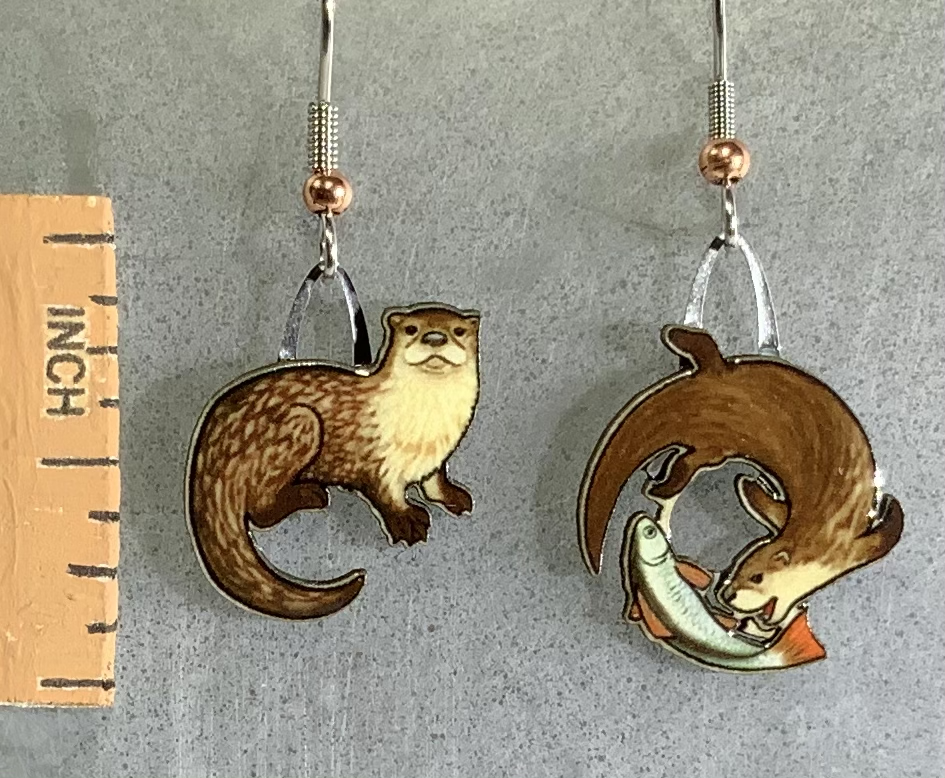
A lovable icon of riparian communities.
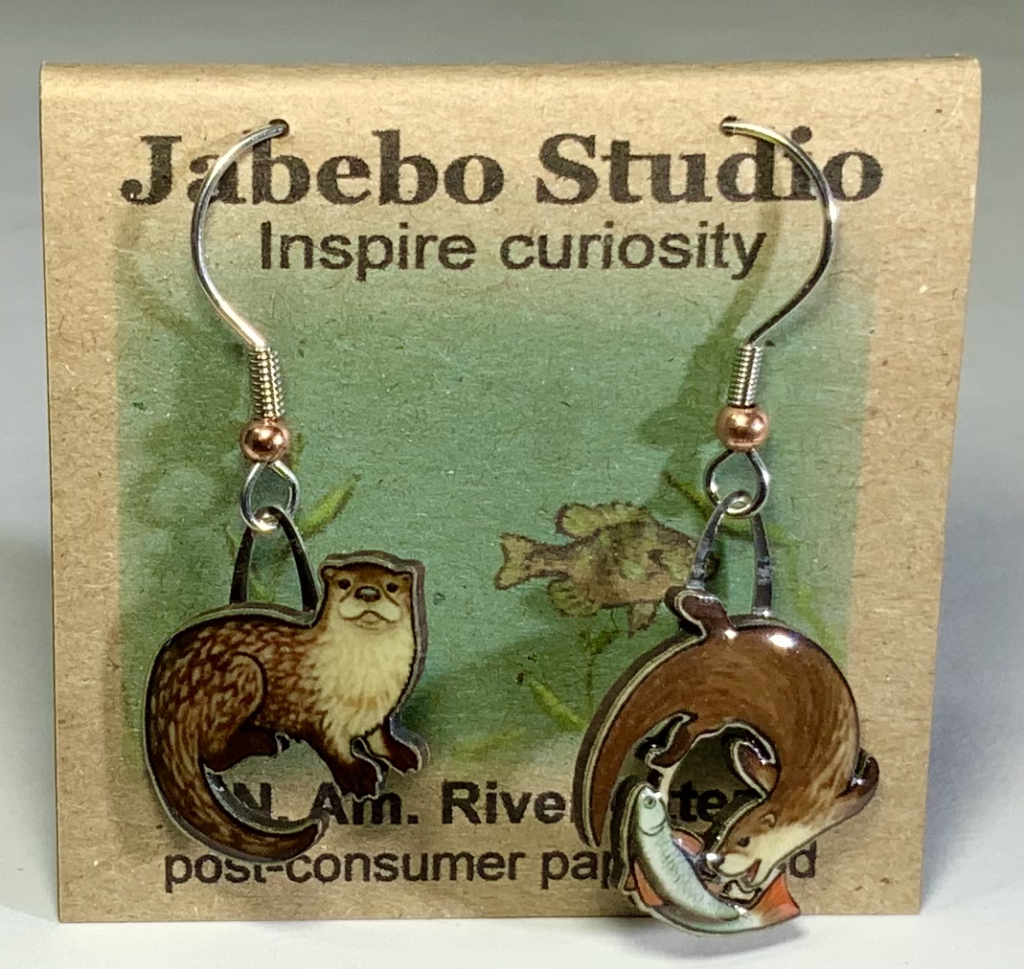
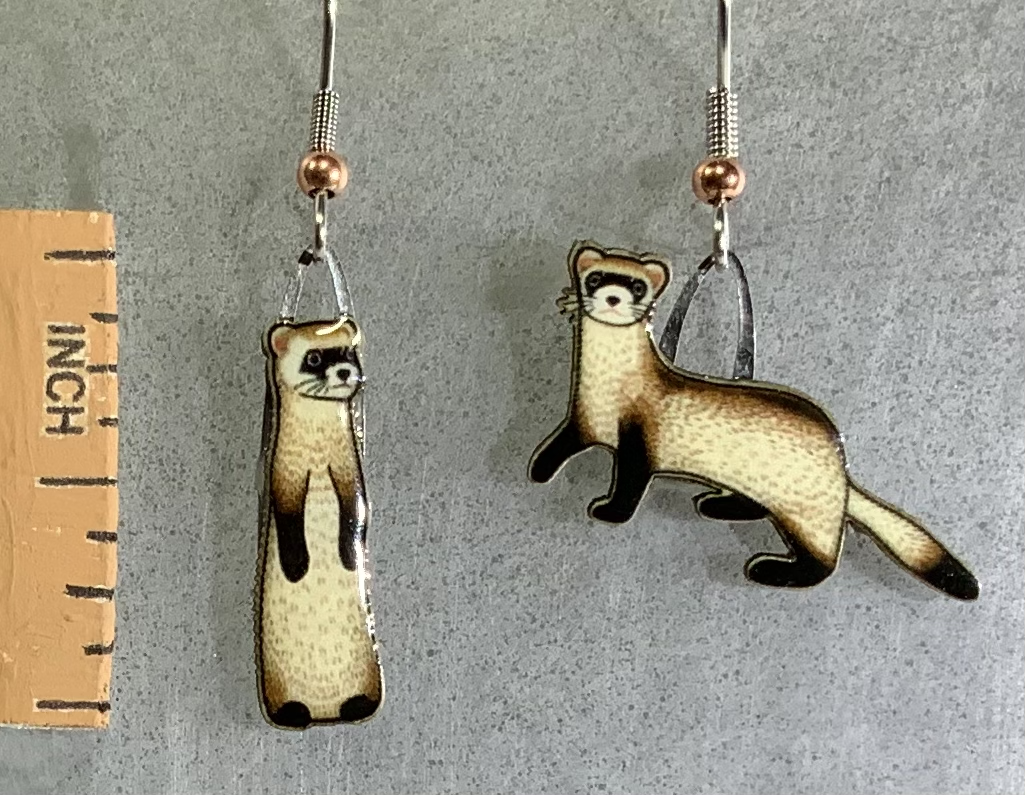
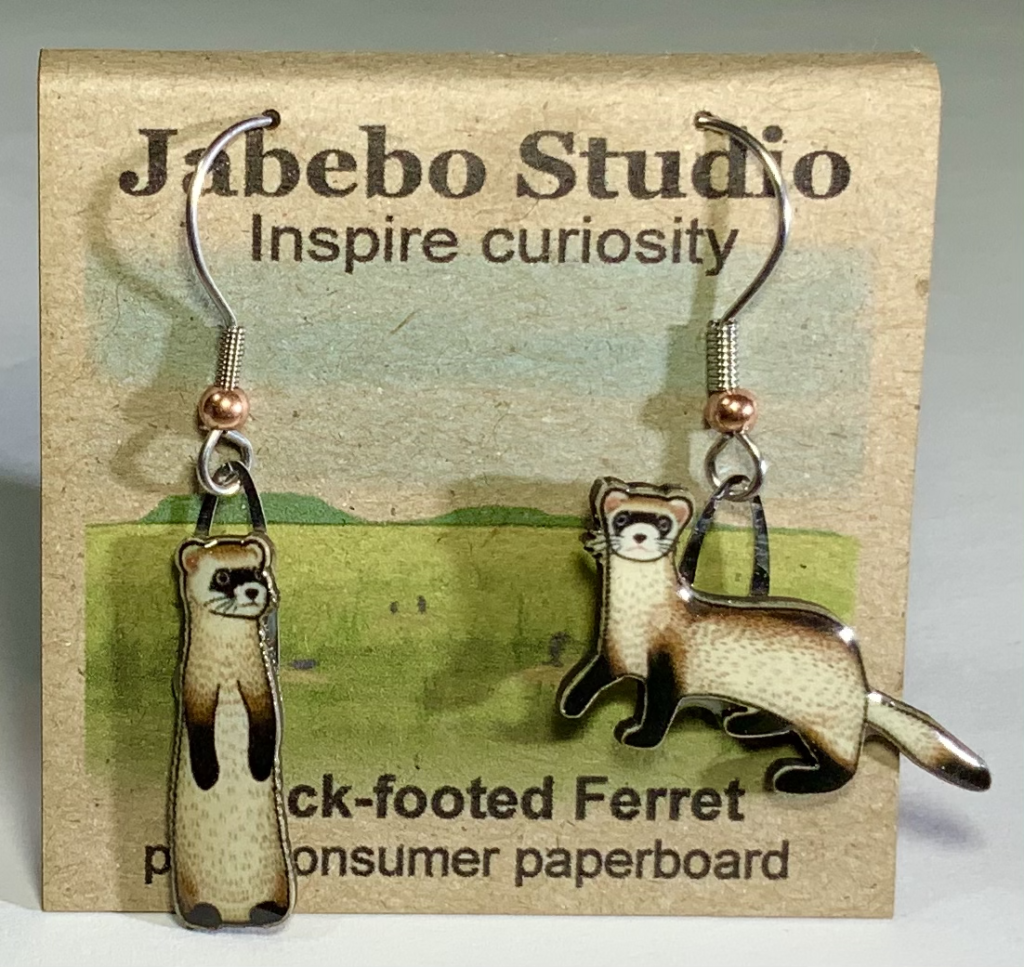
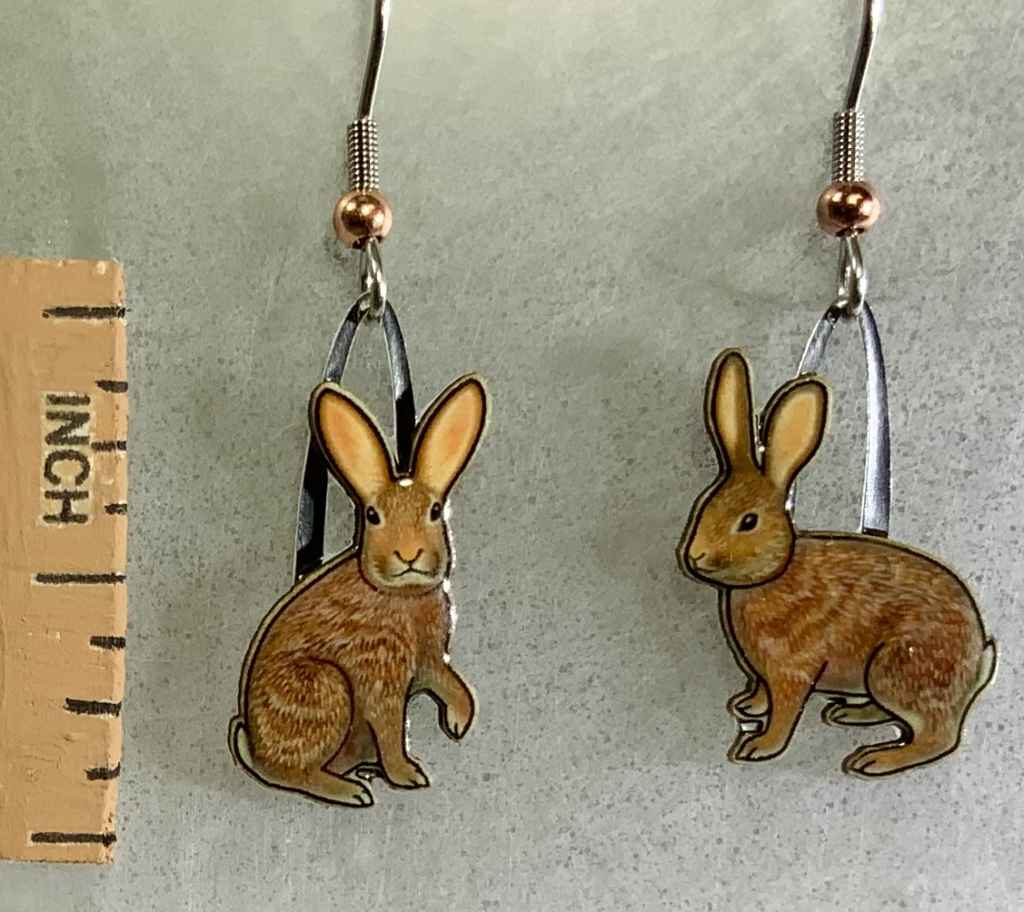
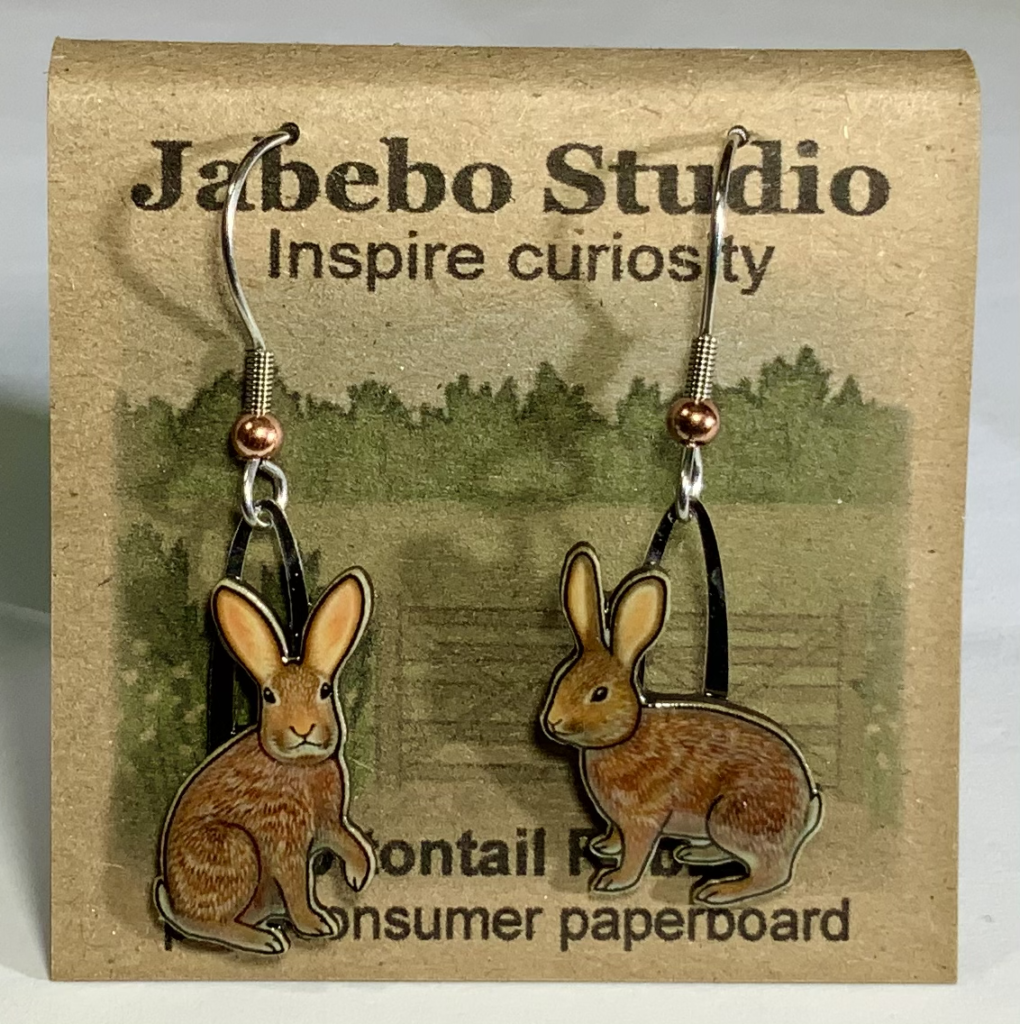
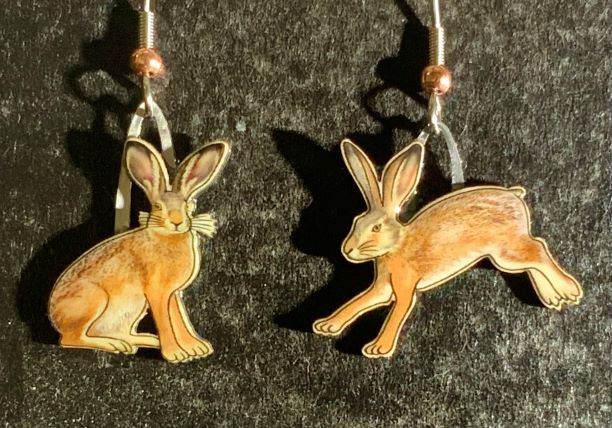
Another icon of western wildlife, there are several species of jack rabbits associated with different regions. With long legs and big ears for thermal regulation, they are supremely adapted for fast running in hot, dry, open country.
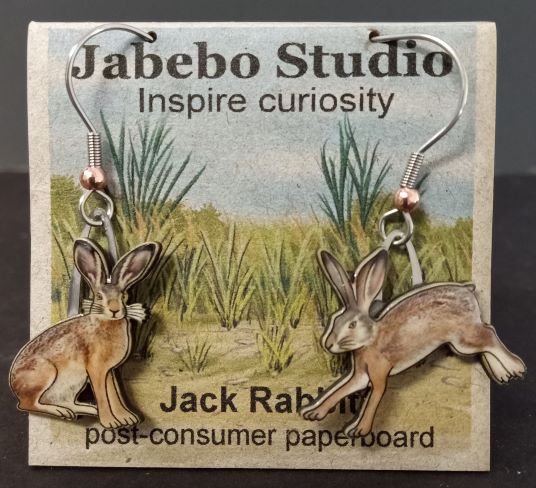
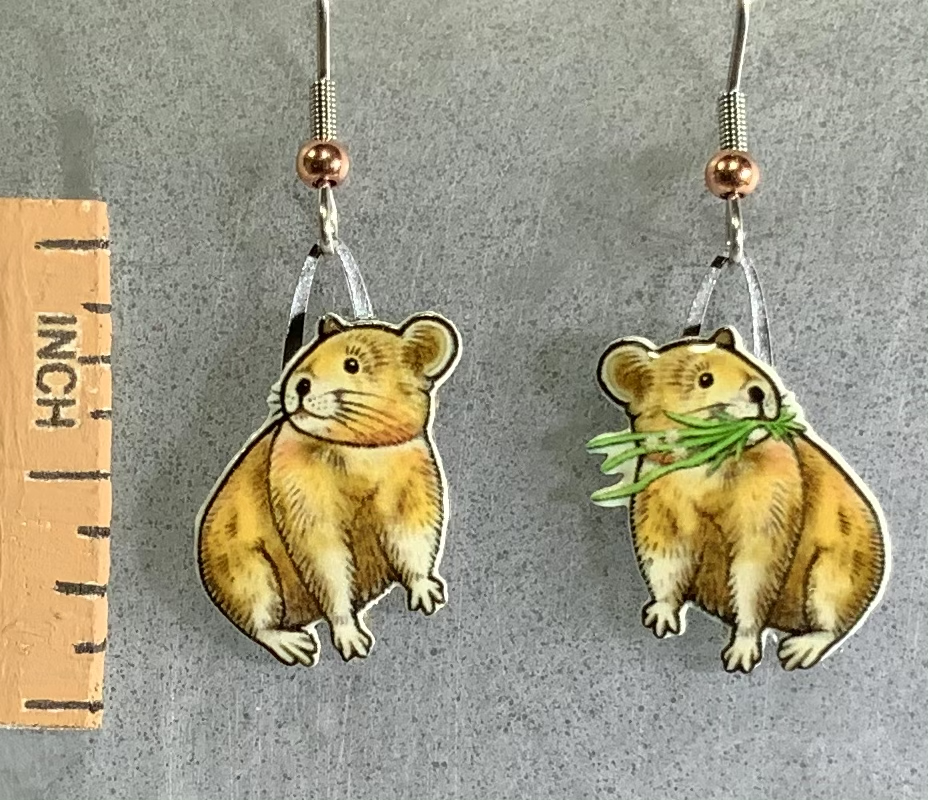
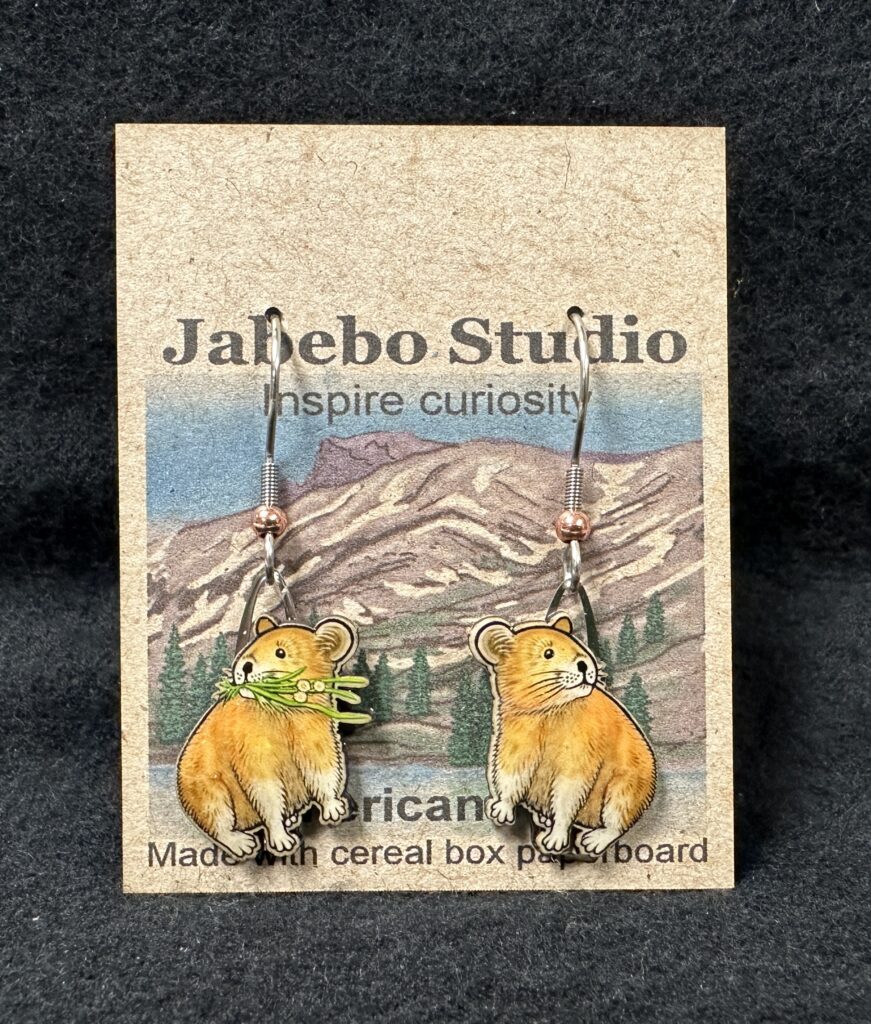
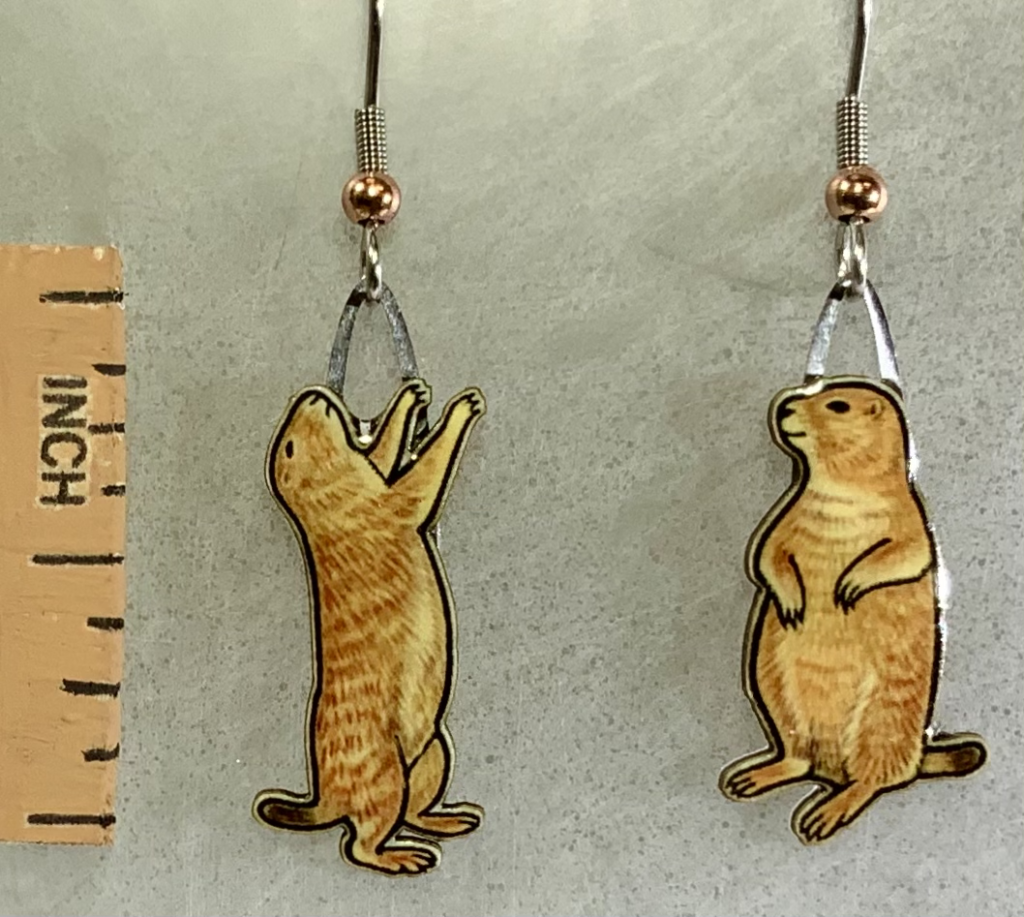
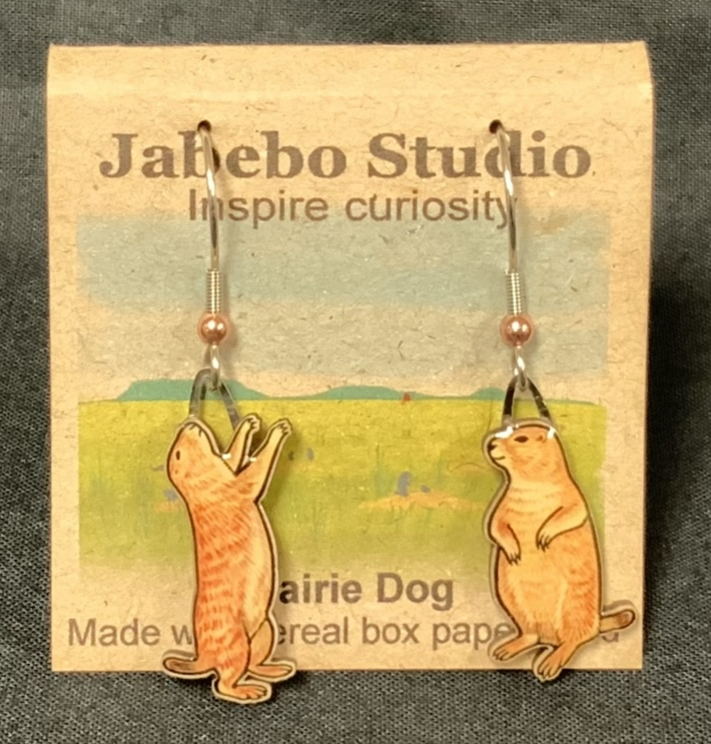
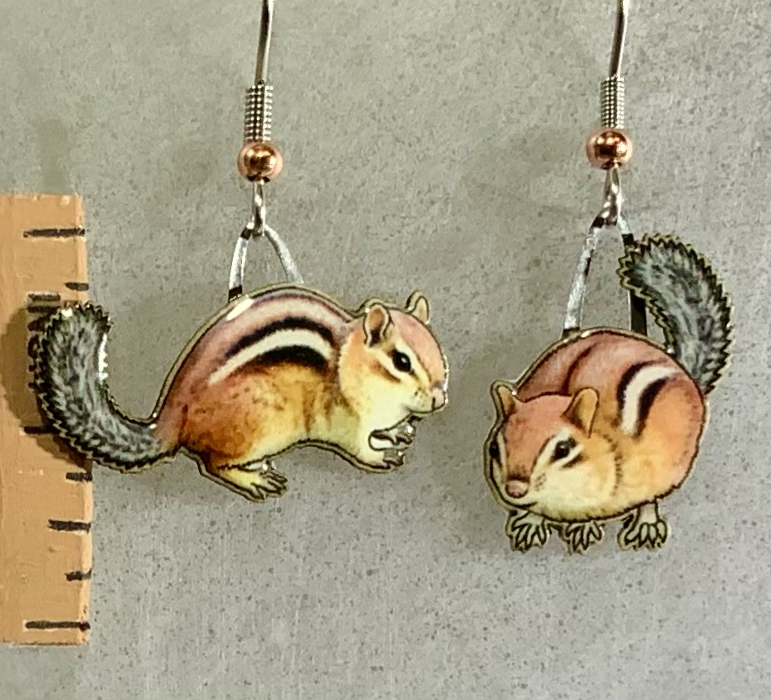
Our design is modeled on the Eastern Chipmunk, though the West has a number of very similar looking species.
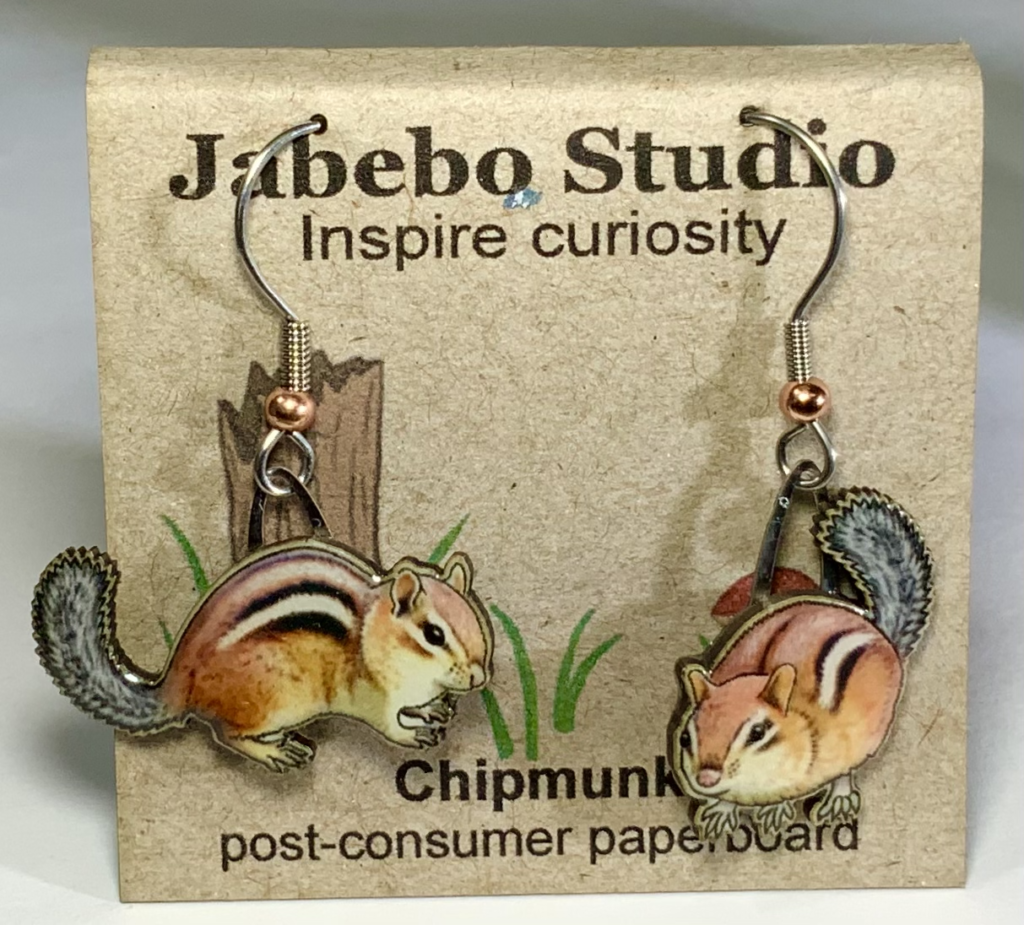
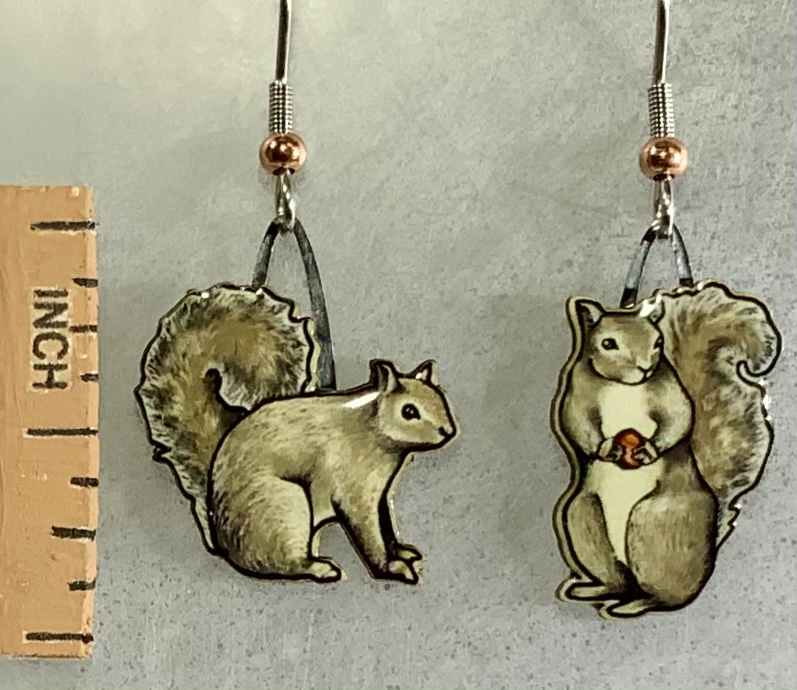
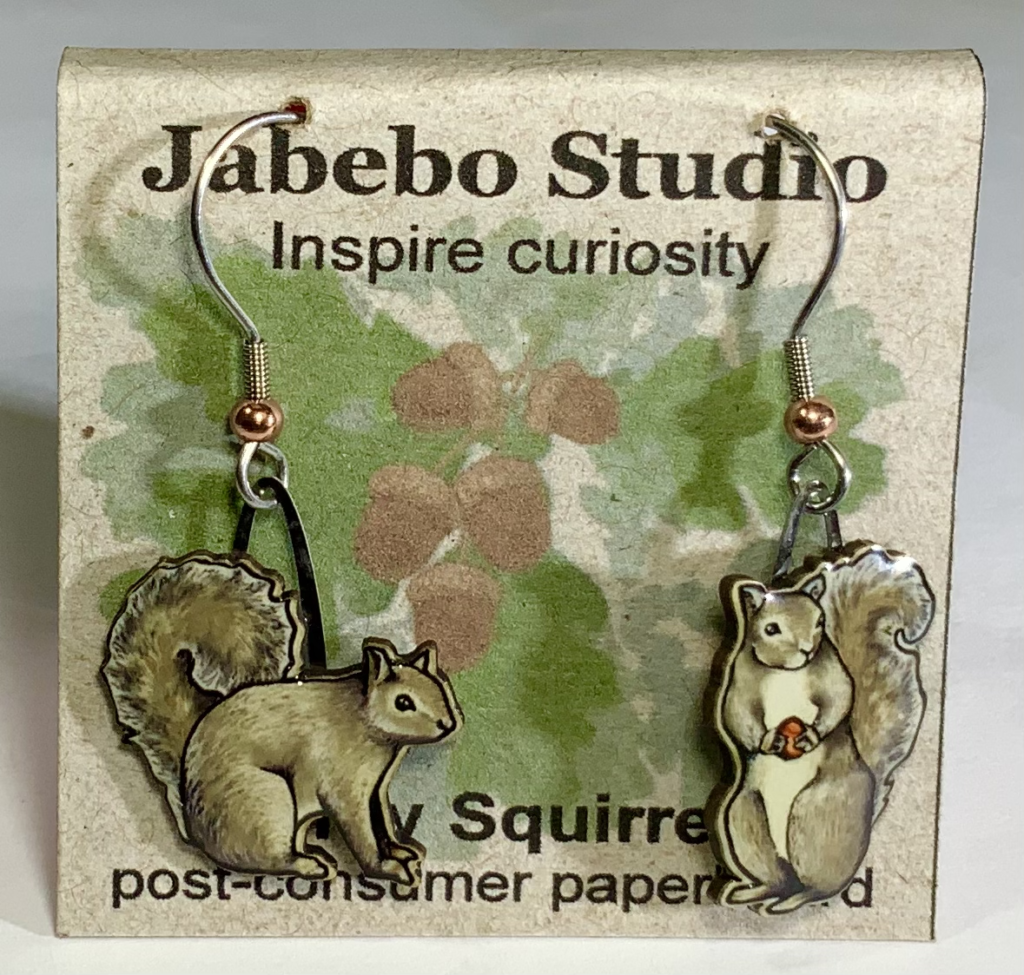
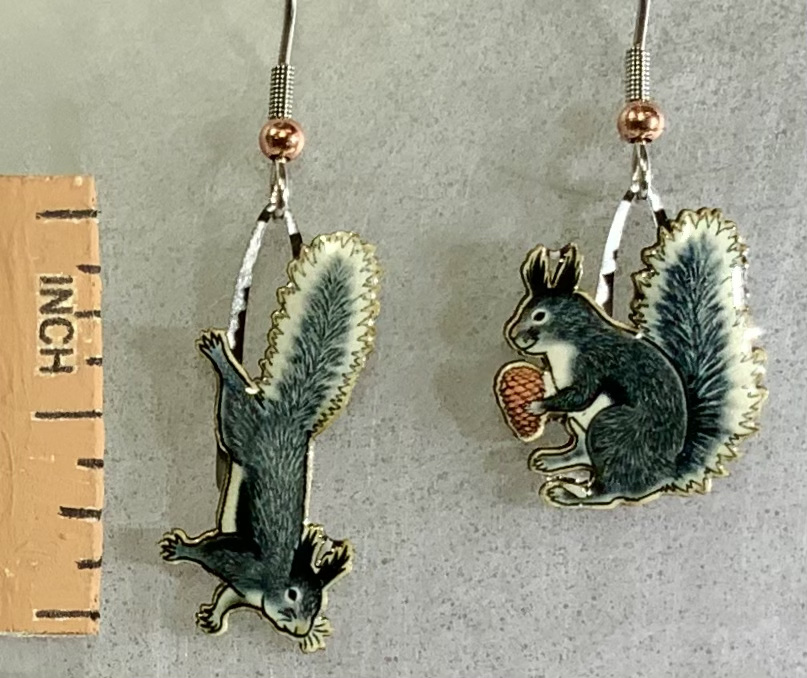
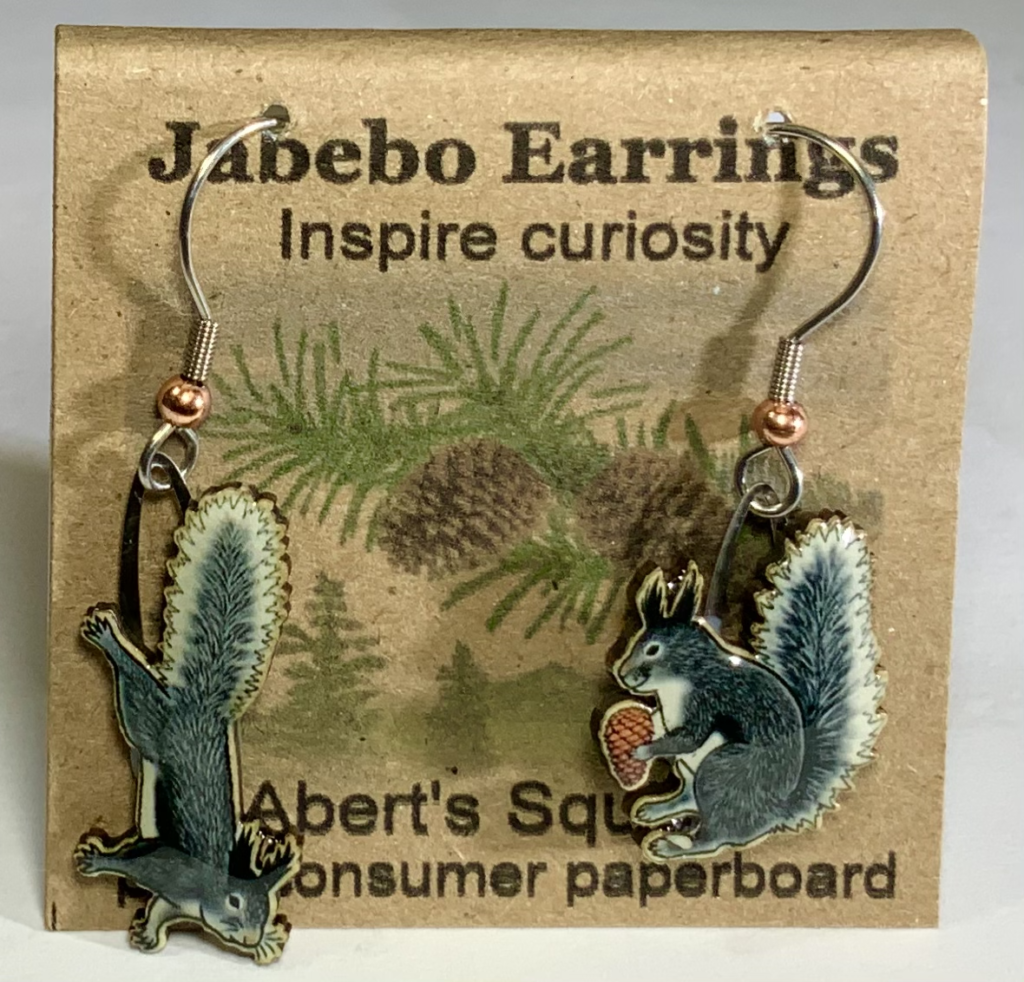
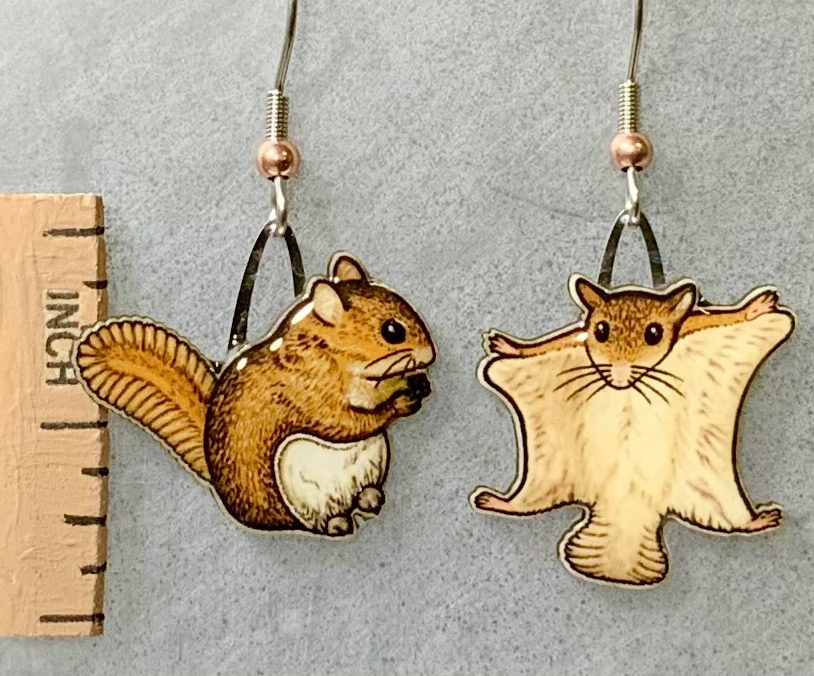
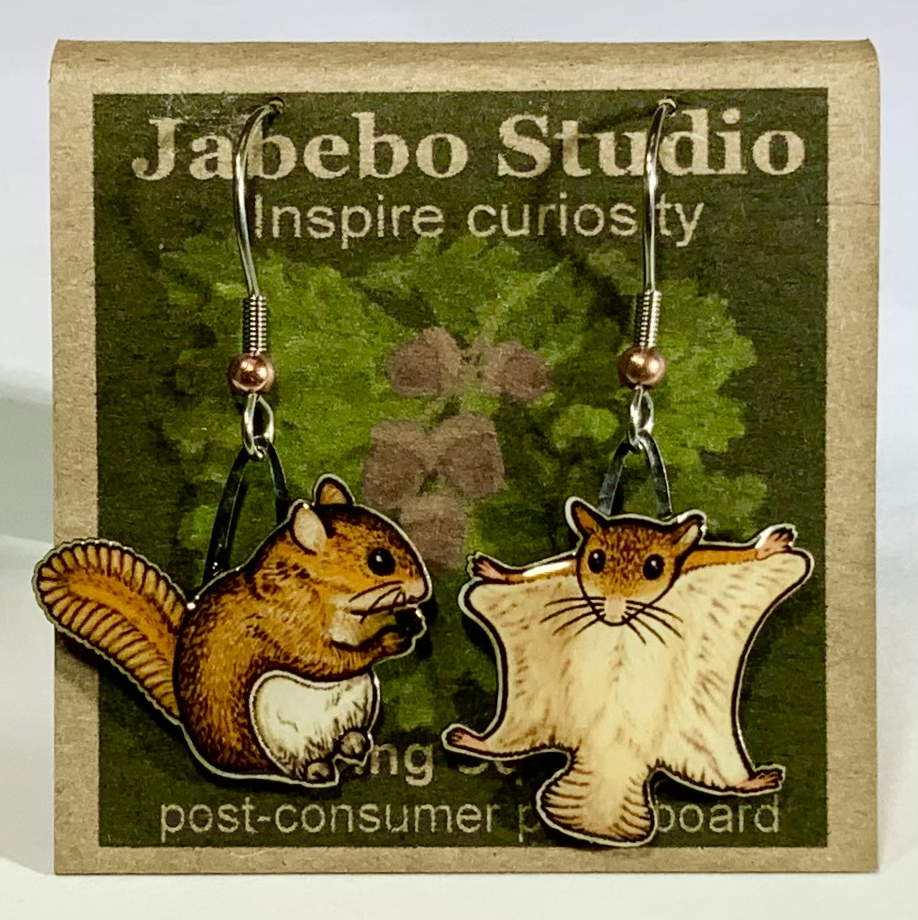
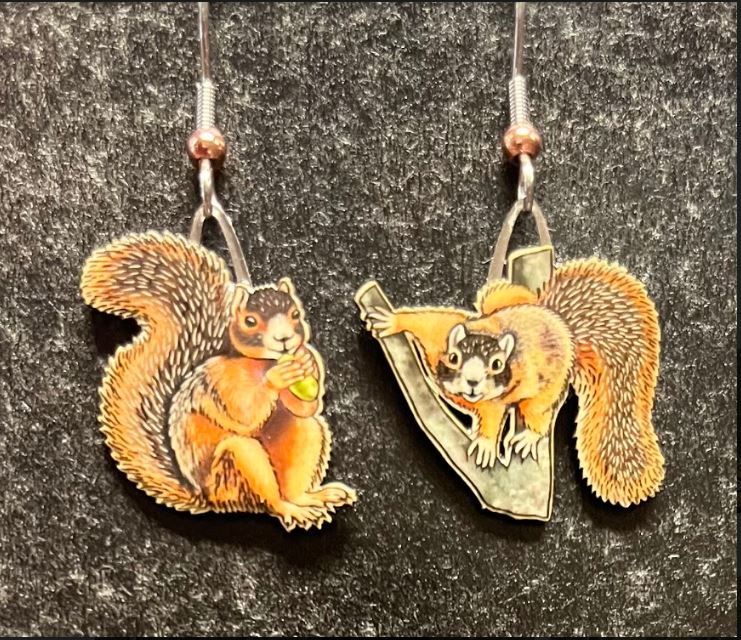
Fox Squirrels are about twice as large as their better known cousin, the gray squirrel. Their habitat requirements are more specific so their populations are often isolated and endangered in some places. They like open woodlands with mature trees; especially oak, hickory, and pine.
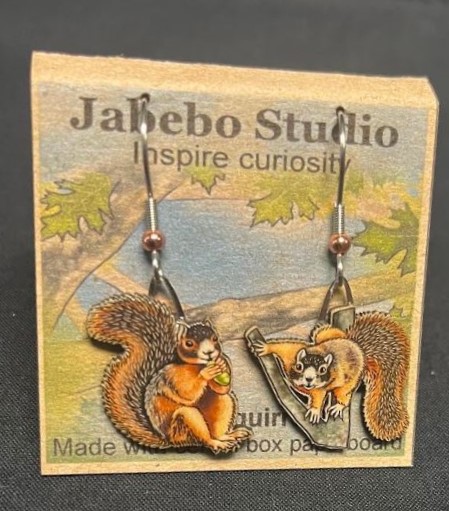
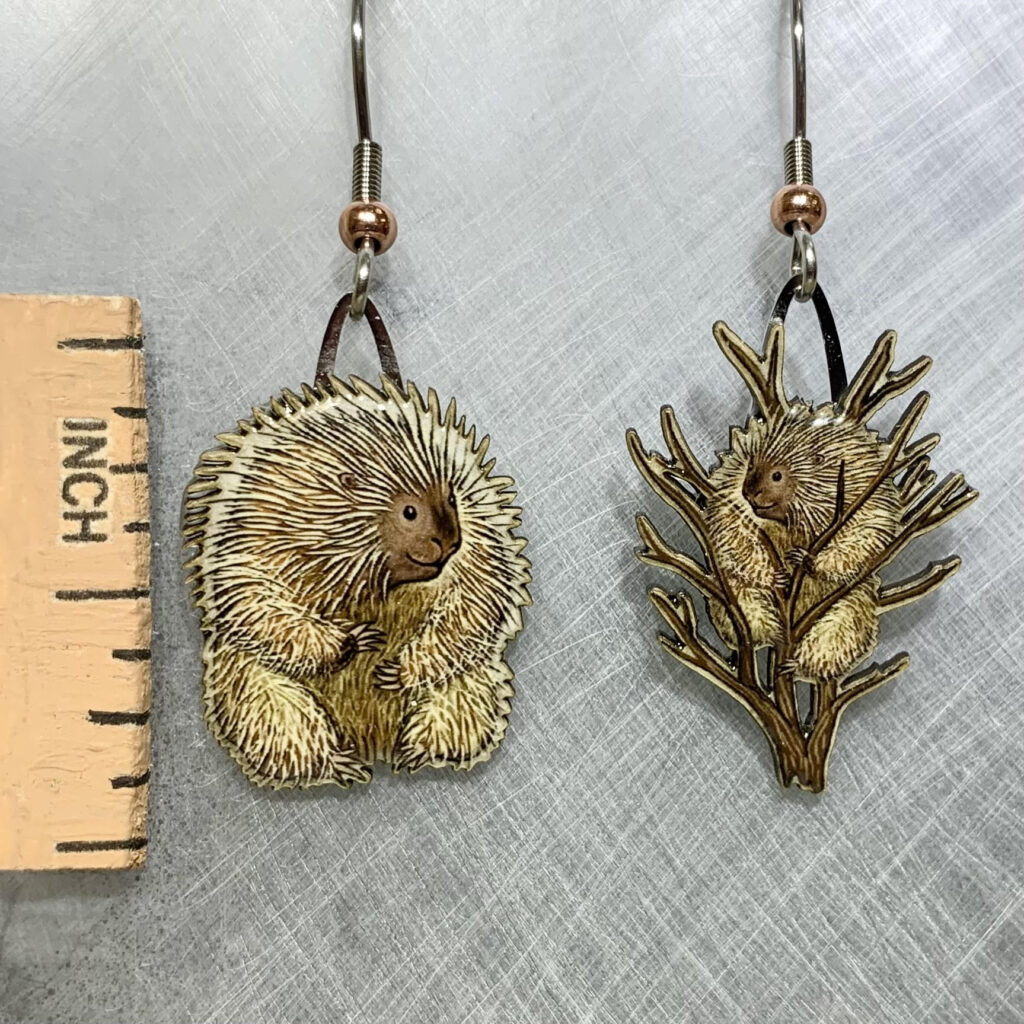
Known for their protective quills, porcupines live mostly in woodlands of the north east and western regions. They are good tree climbers which they may do to get closer to food or to escape predators, or maybe just to sleep.
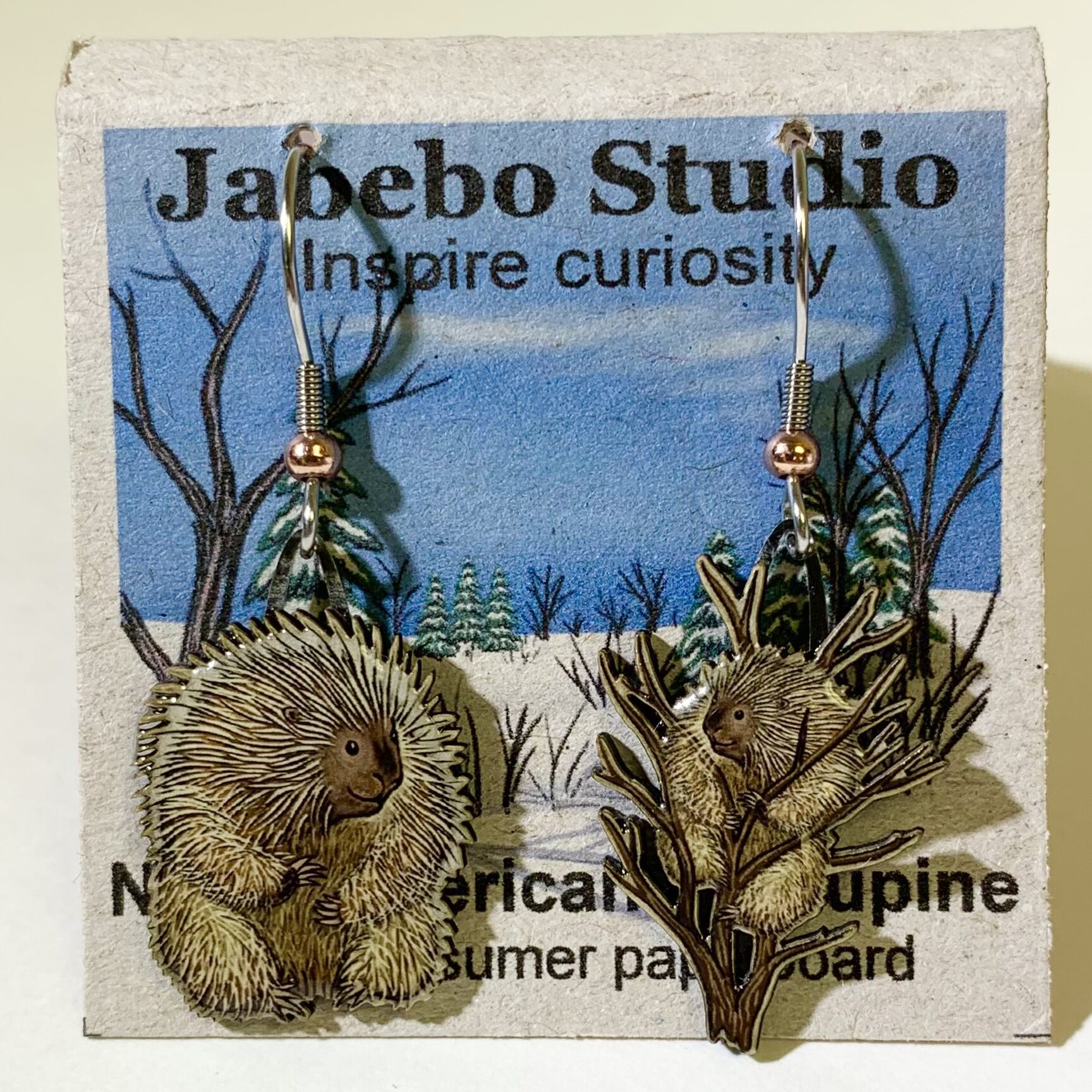
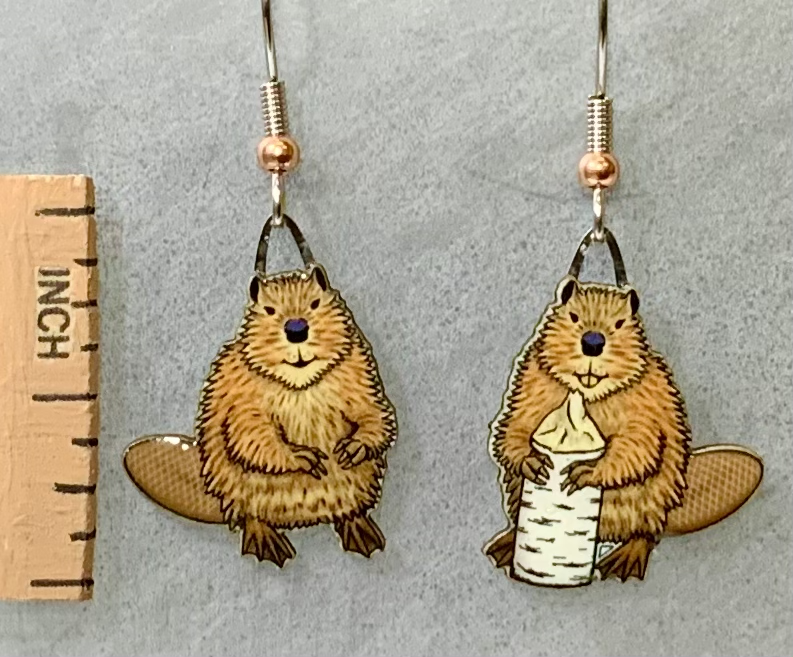
Many forest wetlands owe their existence to this large industrious rodent.
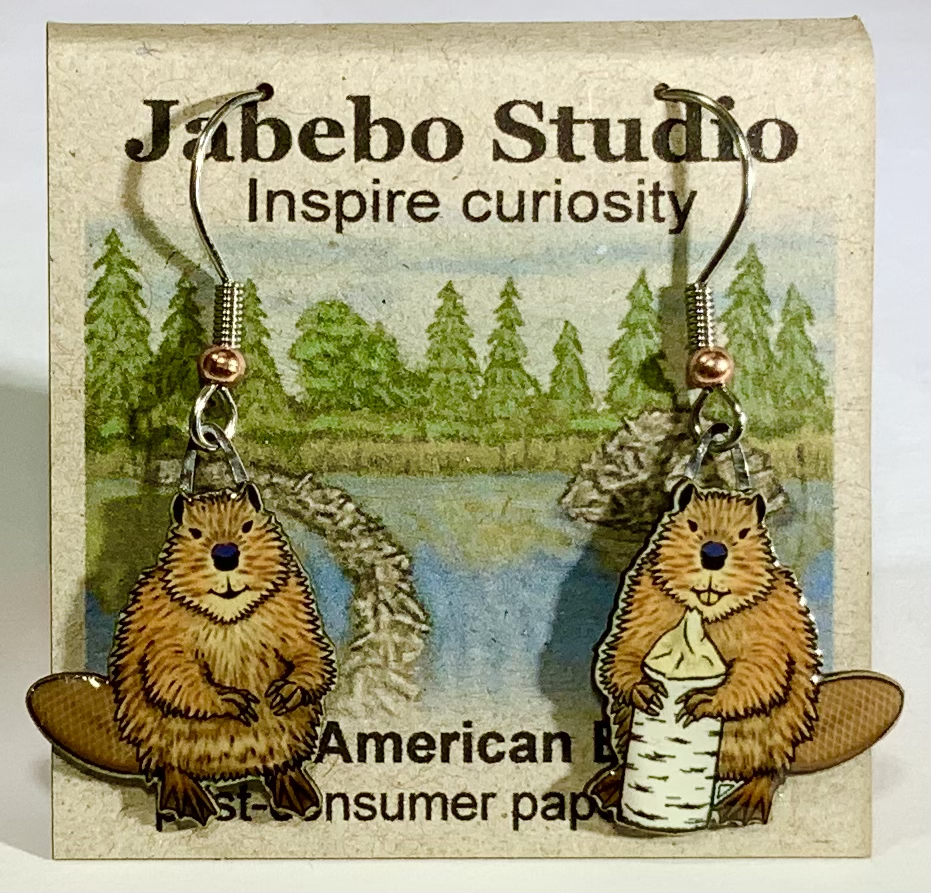
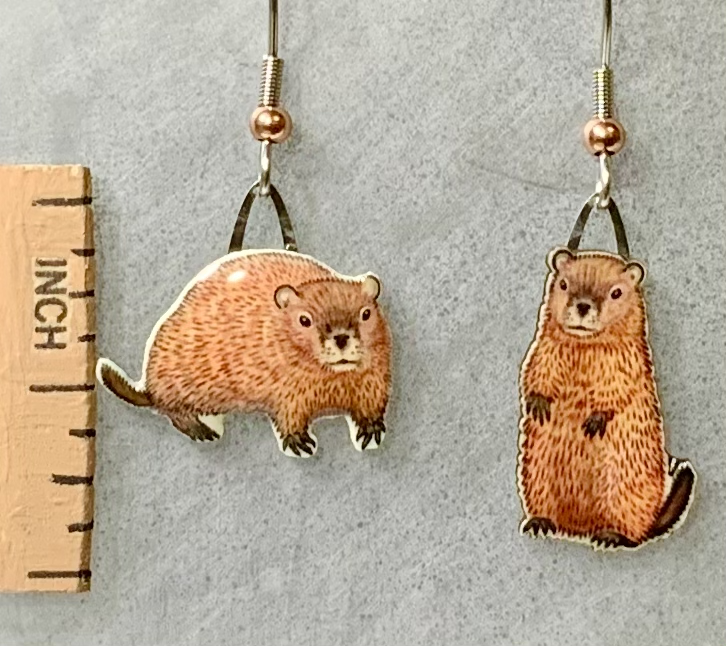
Also called a Woodchuck, they are a beloved pest of the more temperate eastern states and Canada. They are a type of marmot, of which several more species live in the west.
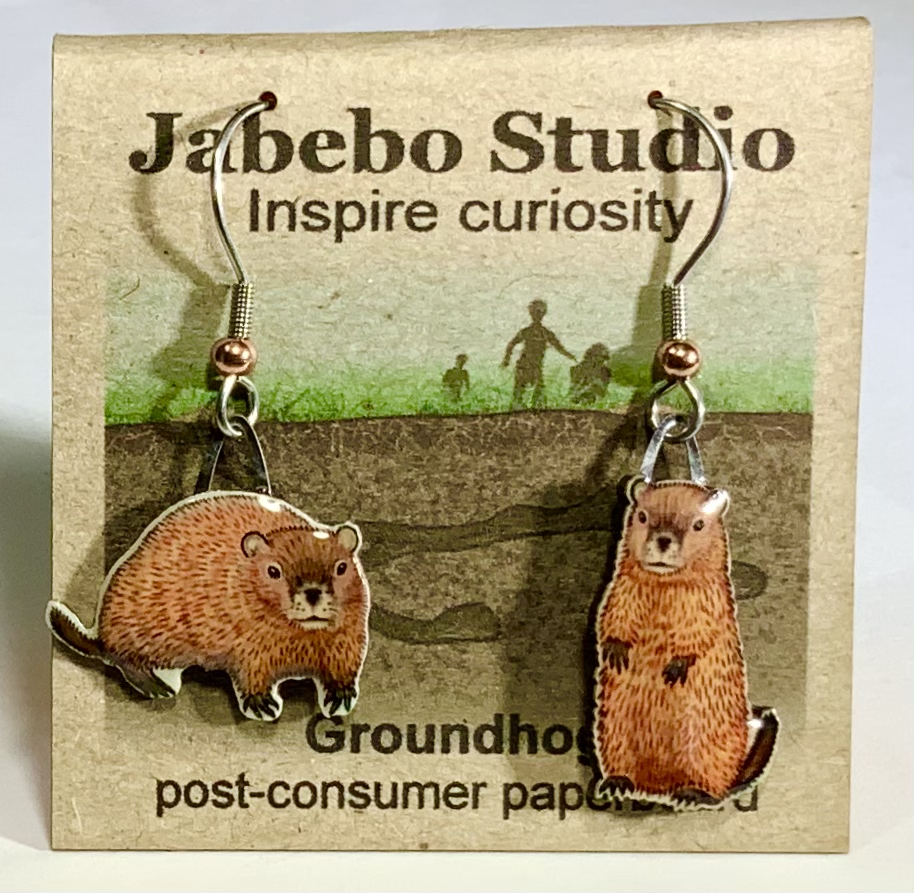
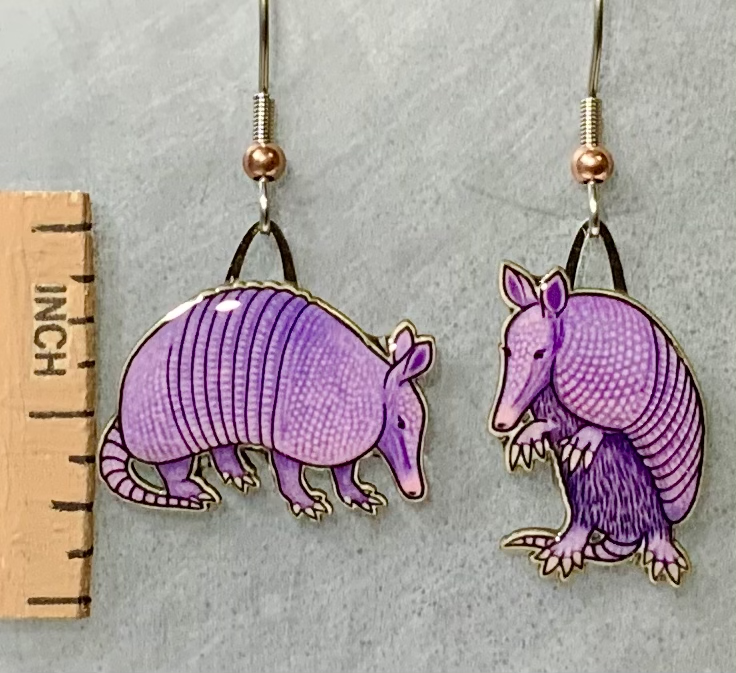
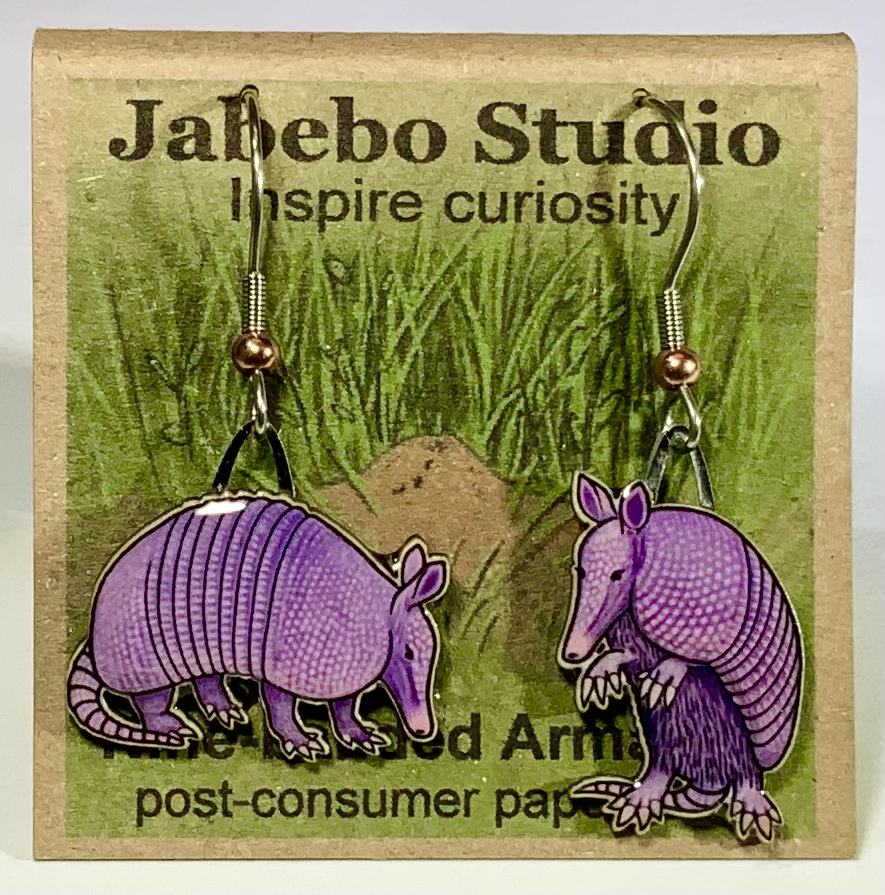
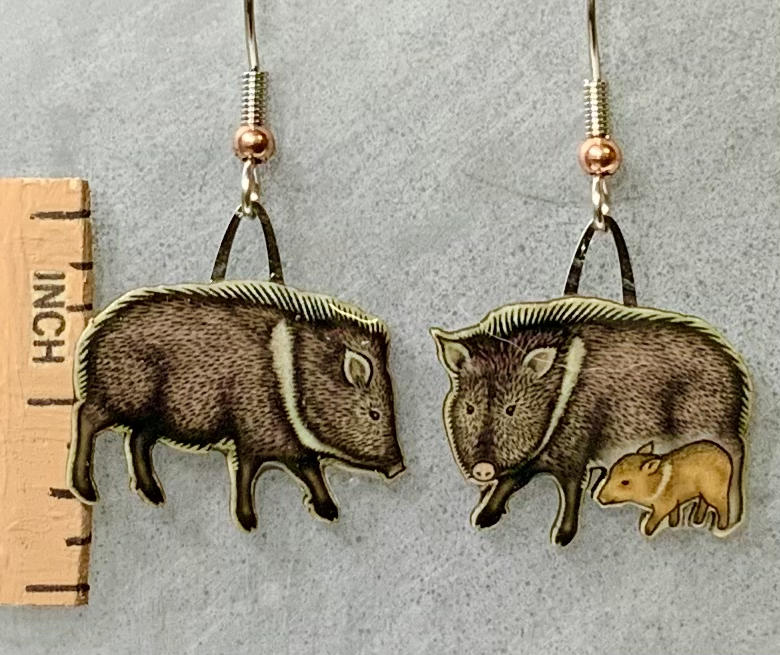
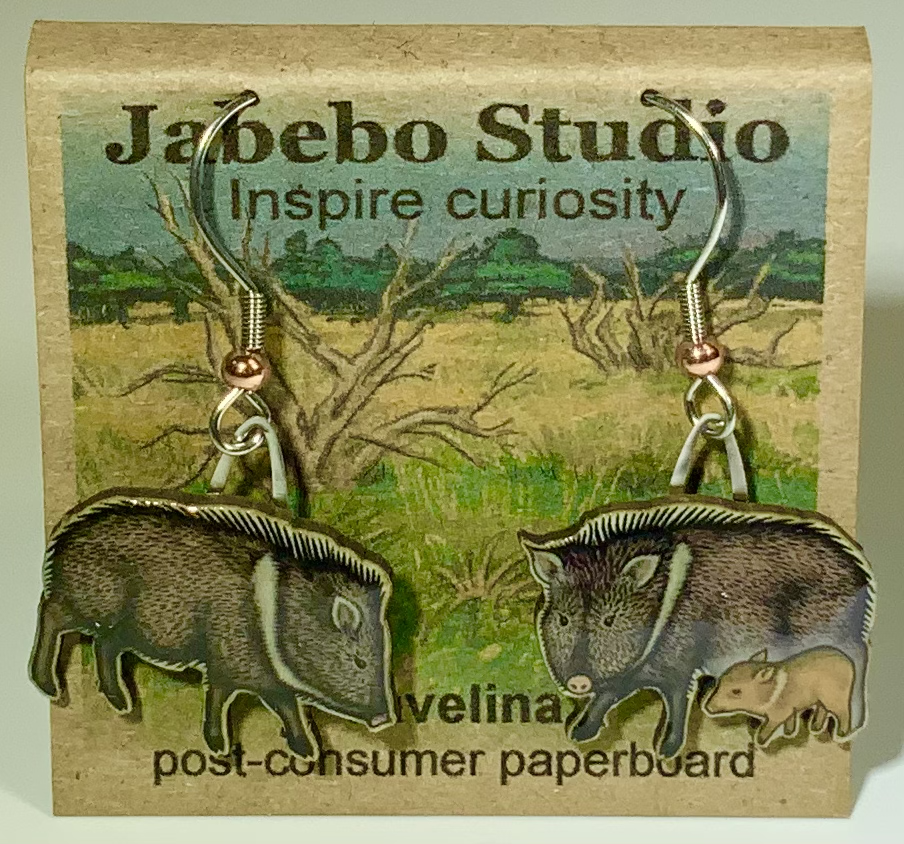
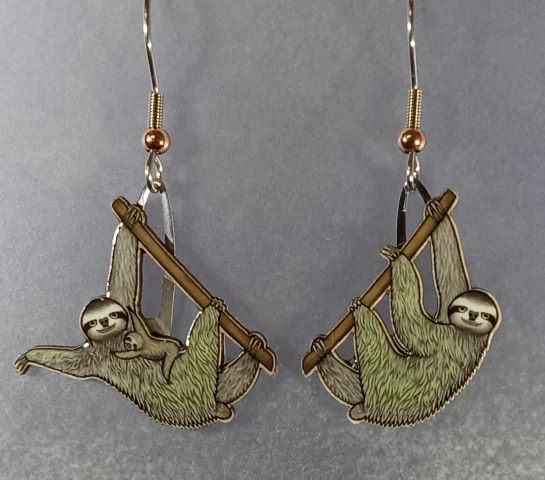
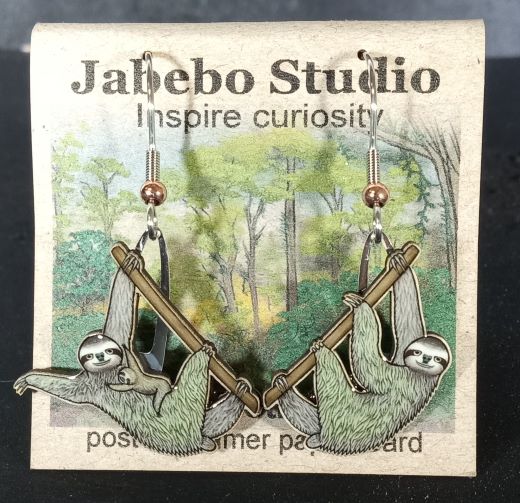
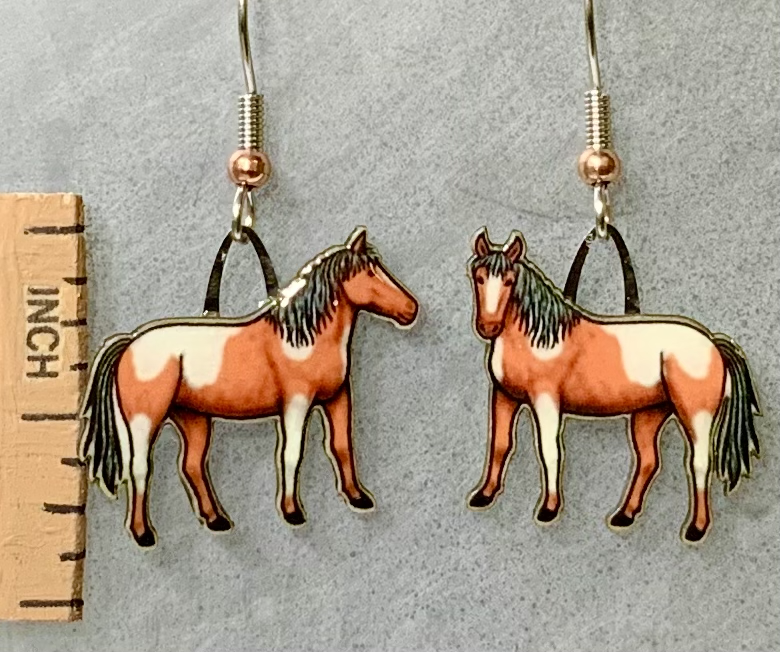
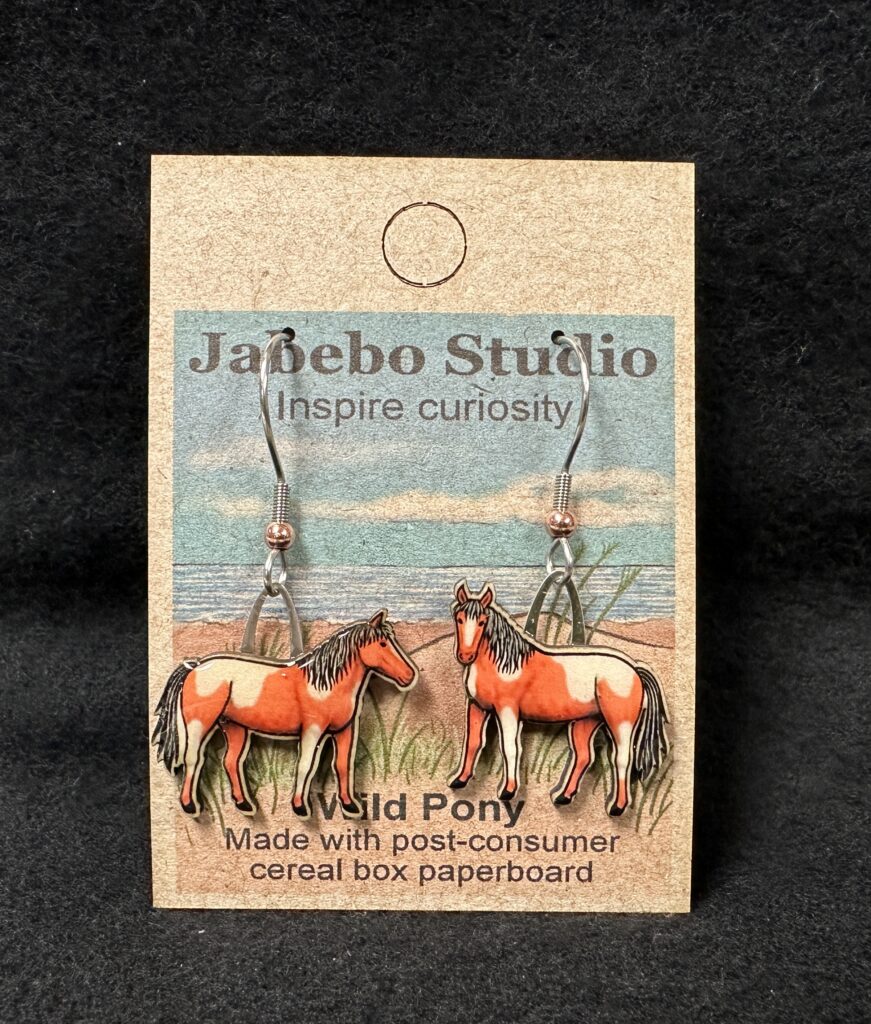
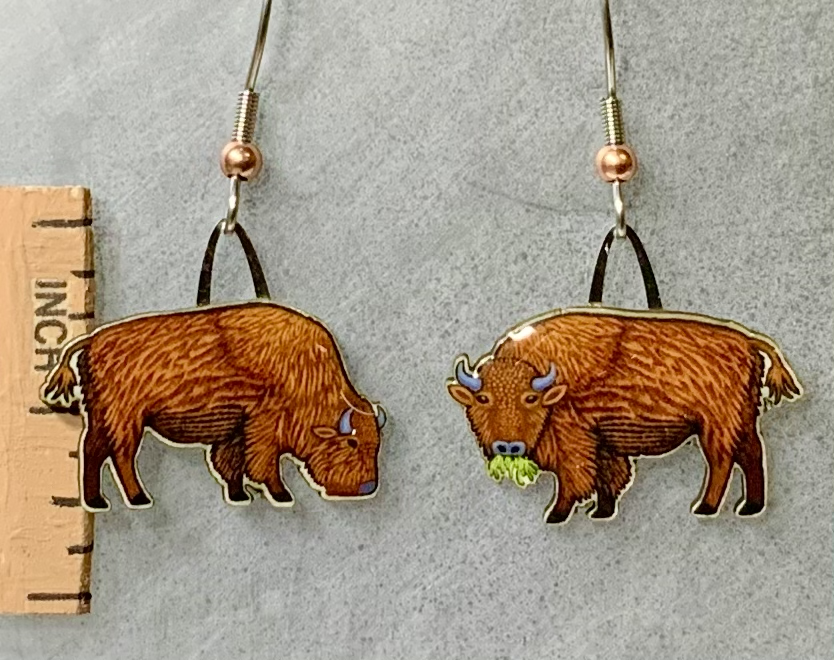
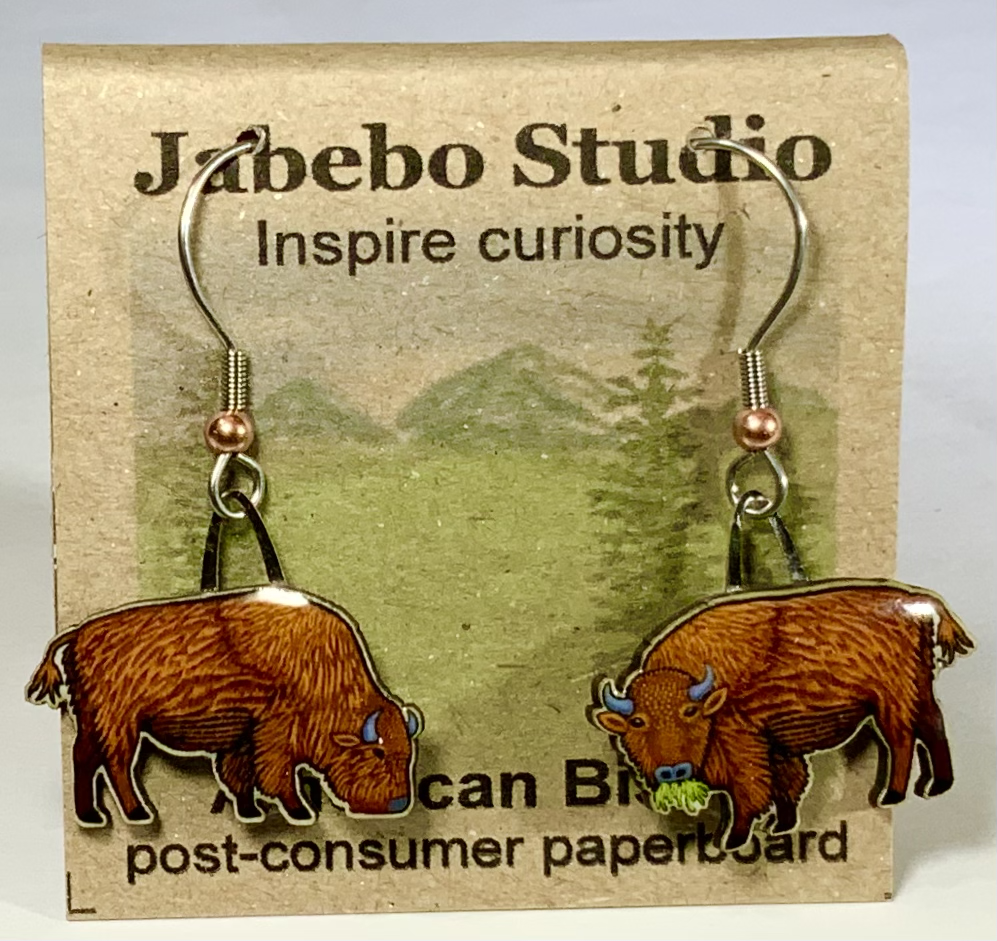
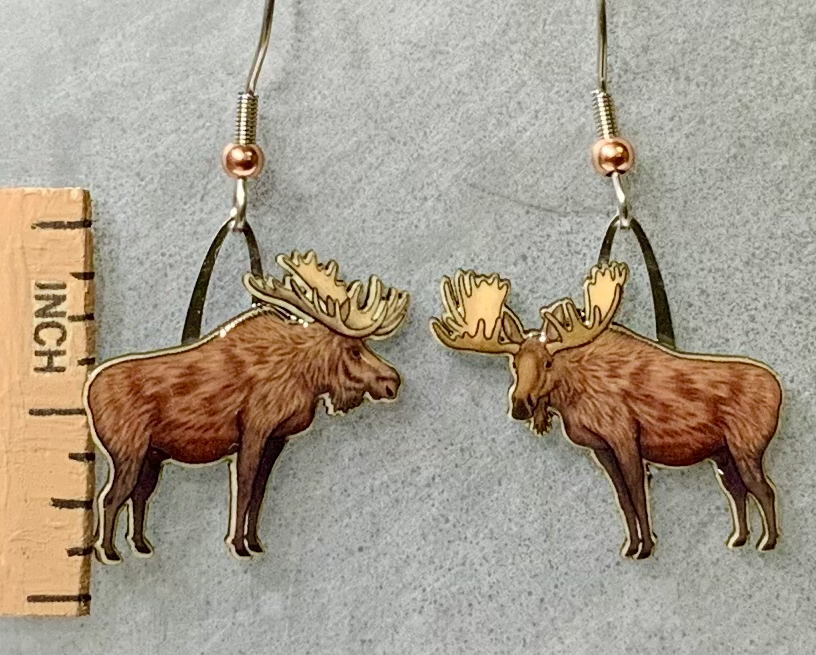
An icon among north American wildlife, moose are the largest members of the deer family.
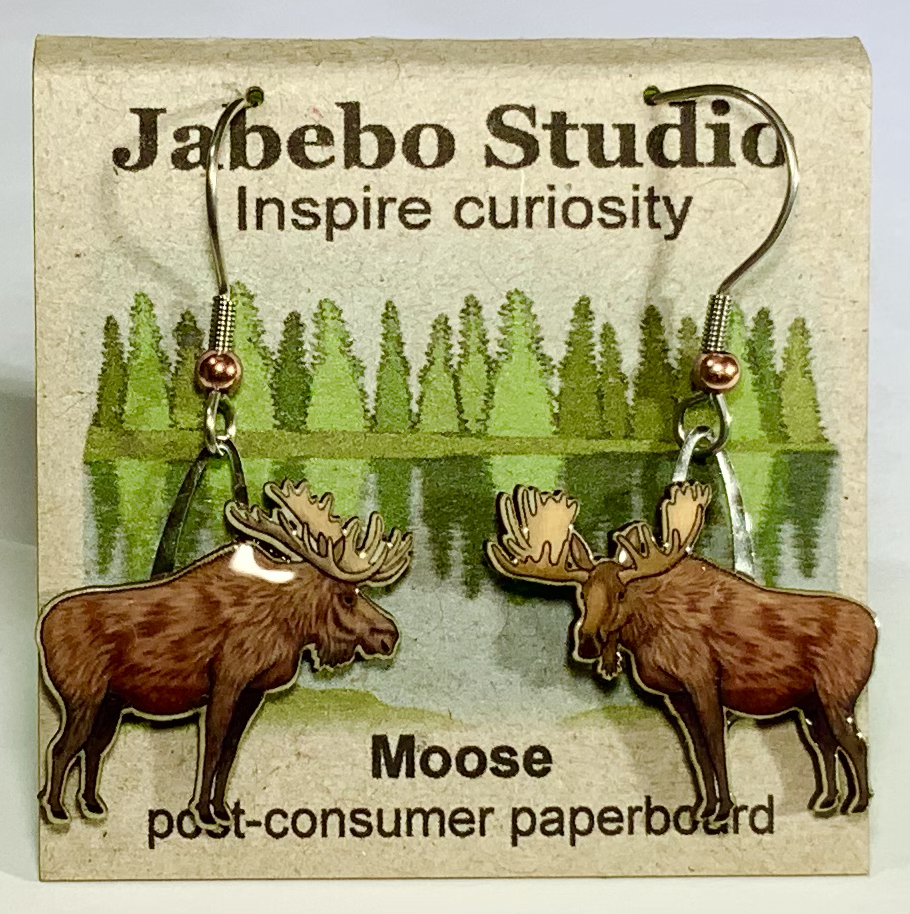
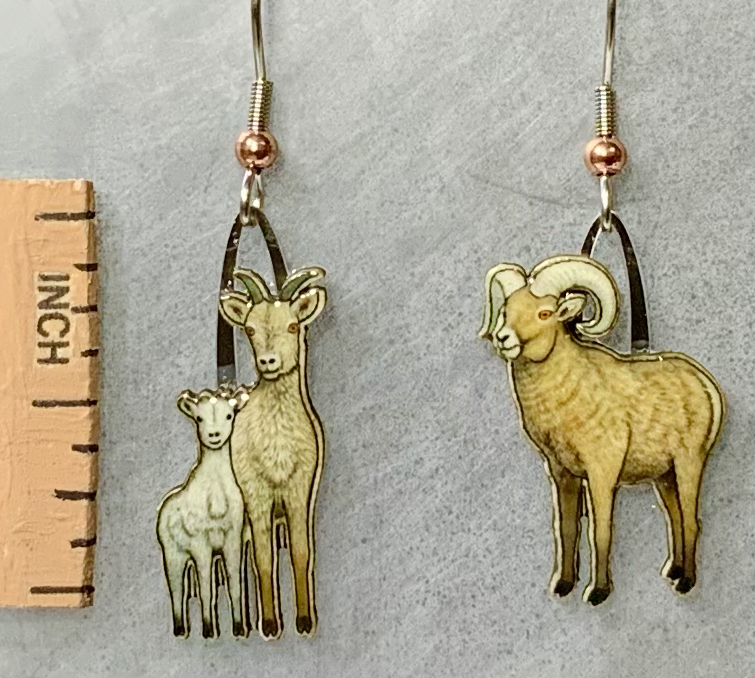
Large and spectacular but shy, they live in the most difficult of western terrains. They are a real thrill to see in the wild.
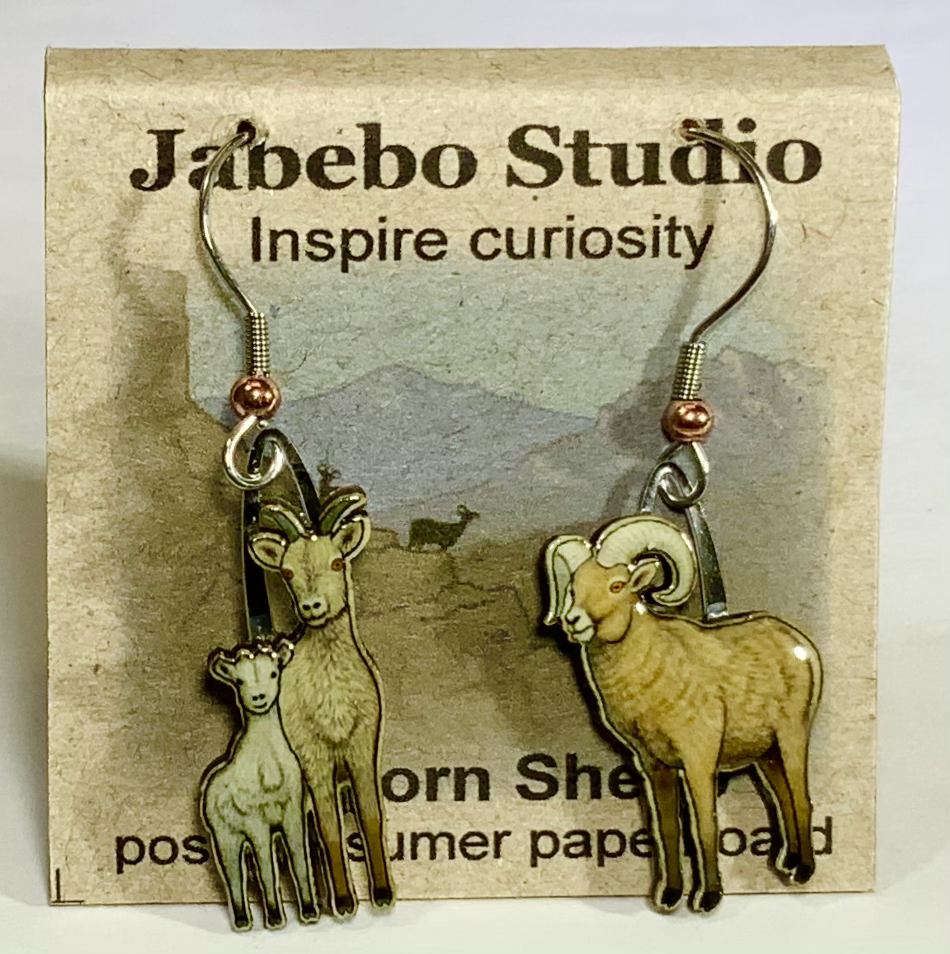
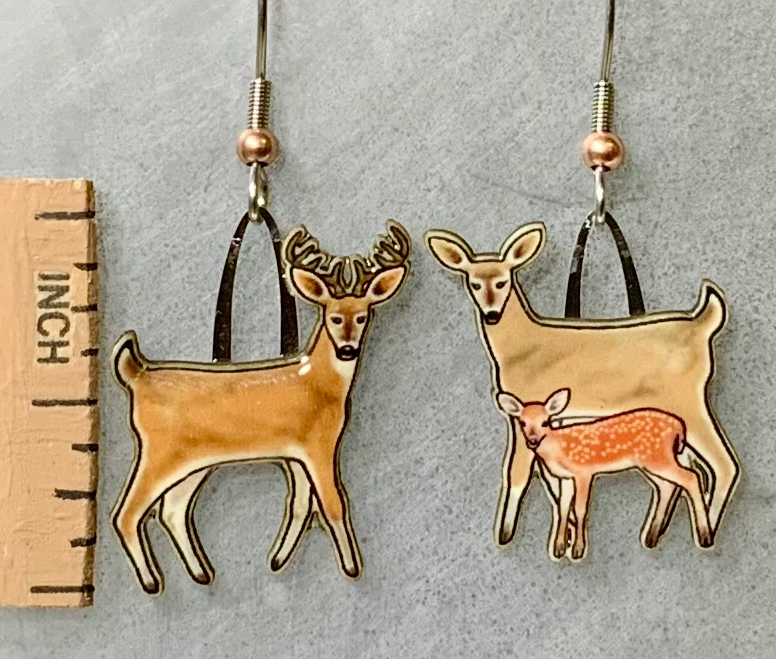
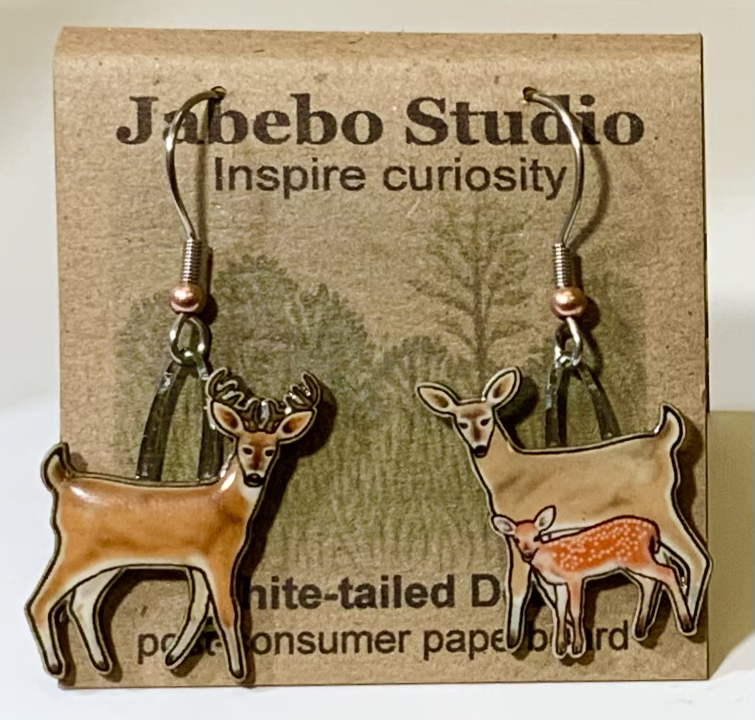
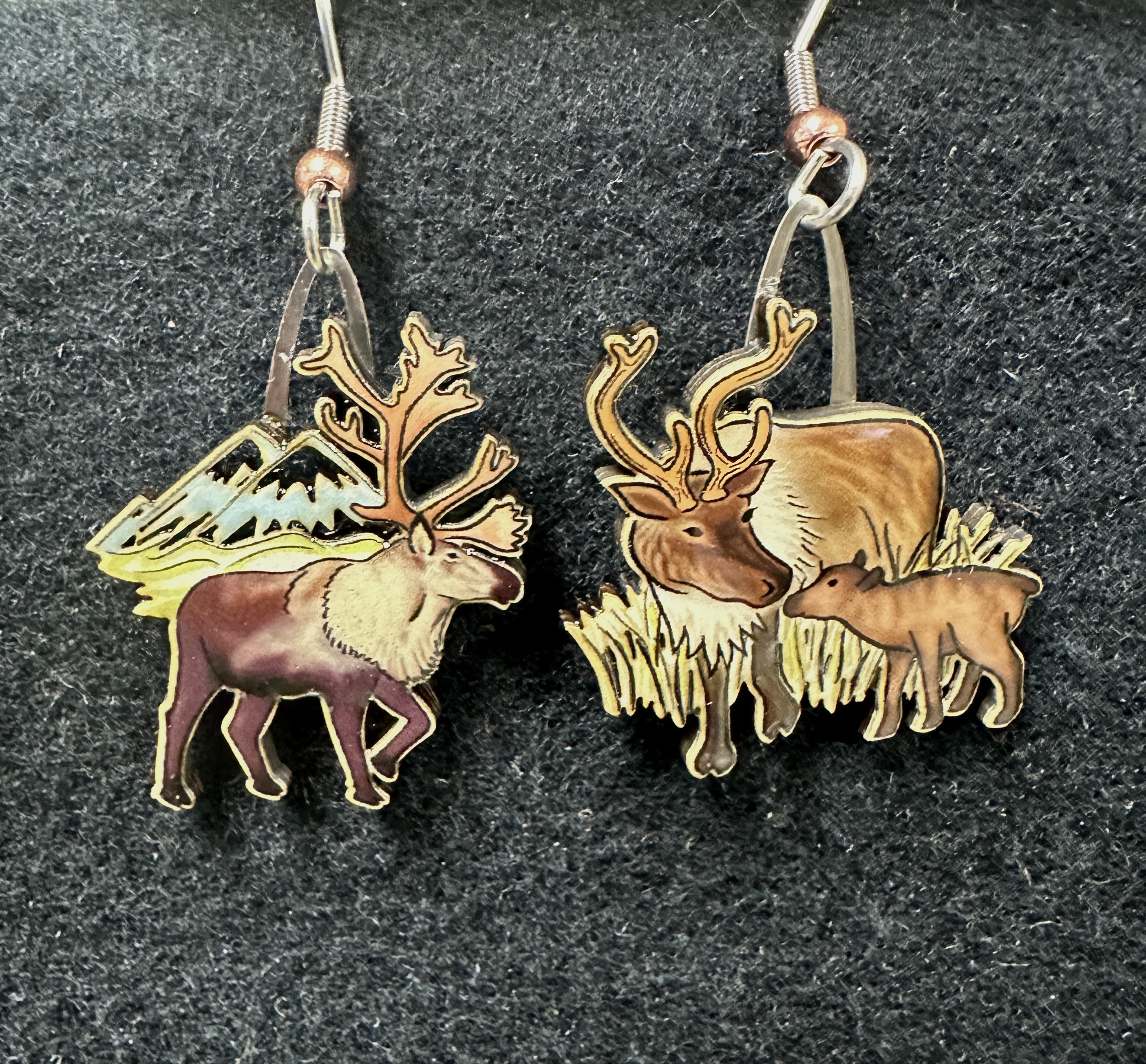
This is an iconic ungulate of the northern boreal forests and Arctic tundra. Several subspecies are adapted to regions of Canada and Alaska. The European reindeer are also a subspecies.
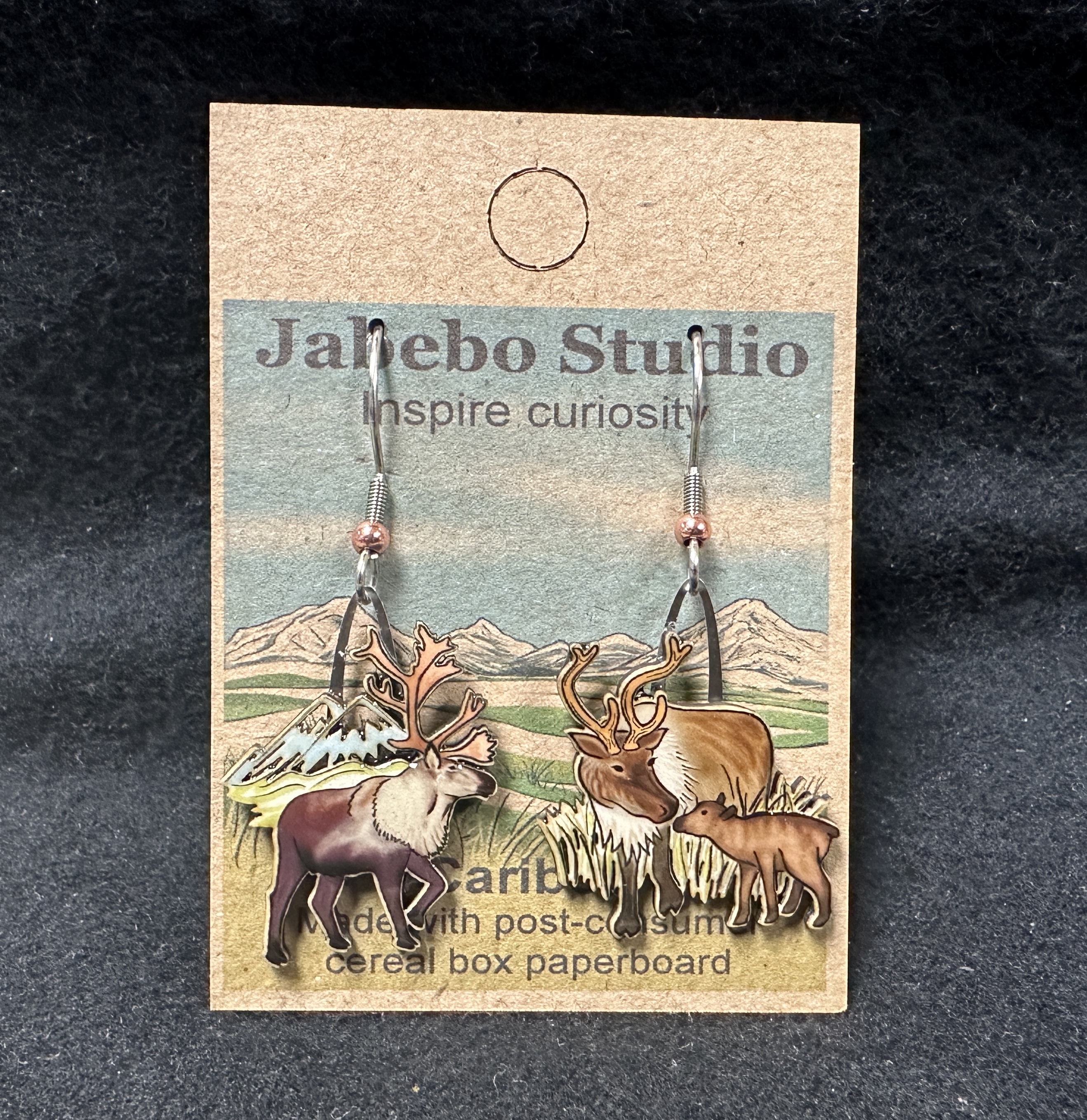
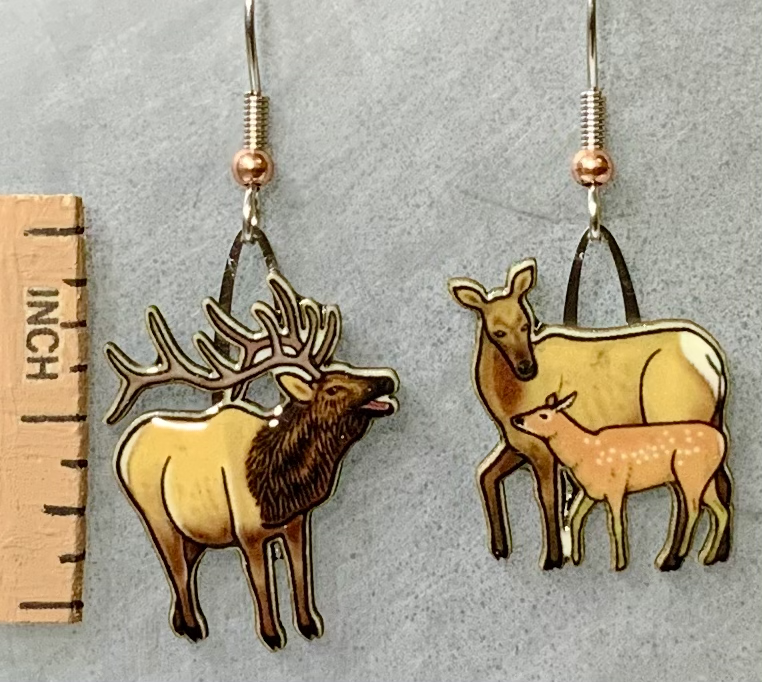
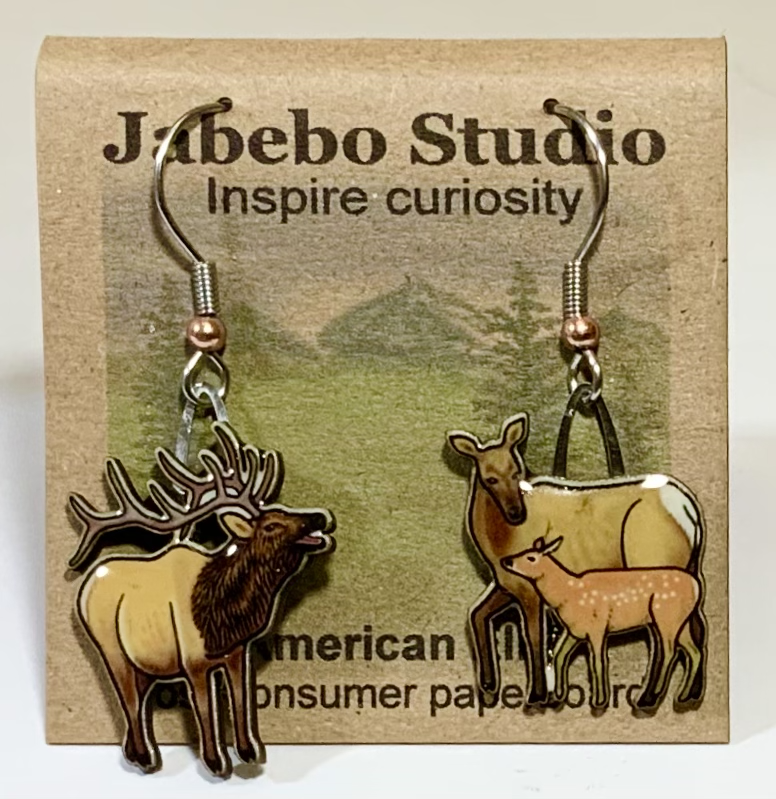
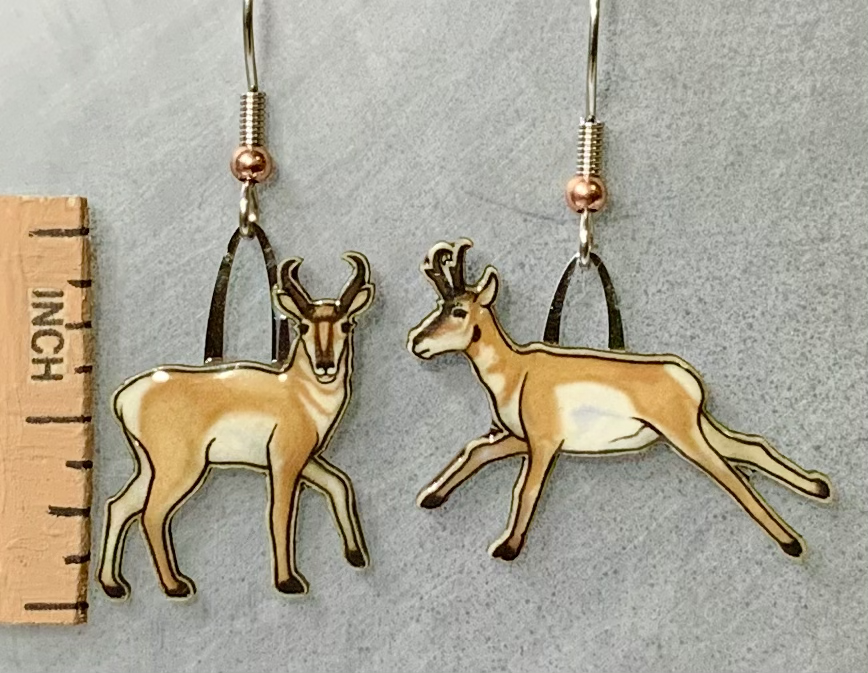
These large ungulates are a prominent feature of western grasslands and prairie. Unique among horned animals (though in a similar fashion to members of the deer family), Pronghorns shed their horns every year.
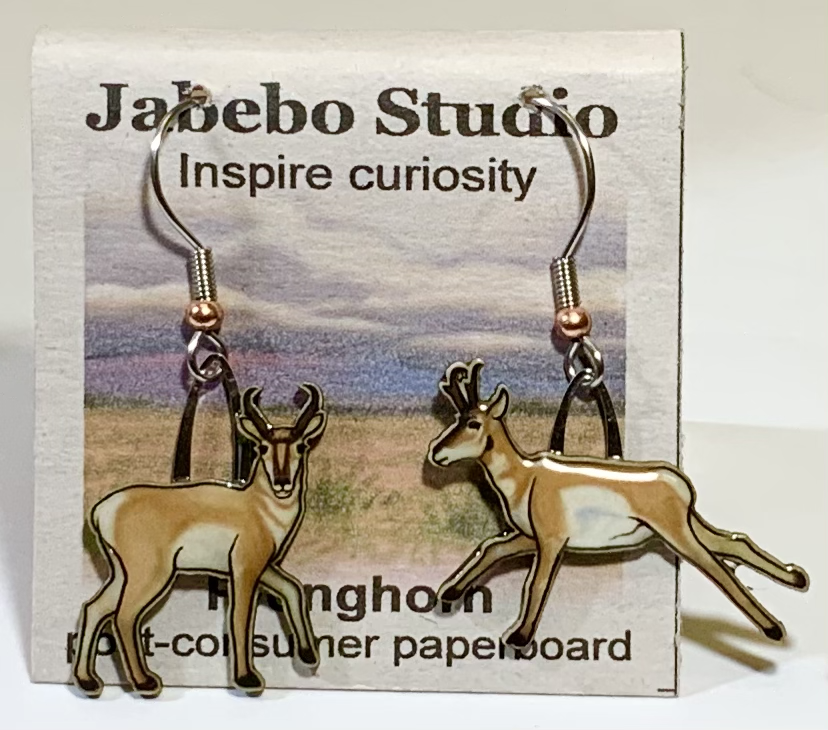
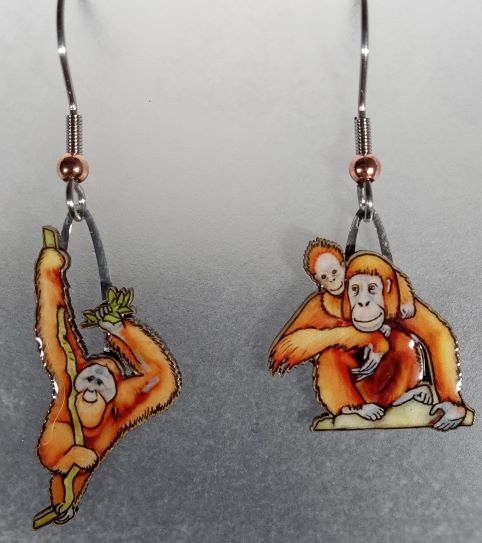
This charmingly humanlike great ape is a high profile representative for the plight of rain forests in general. Specifically, Orangutans live in Indonesian where their tropical habitat is rapidly declining. Design by Kelly
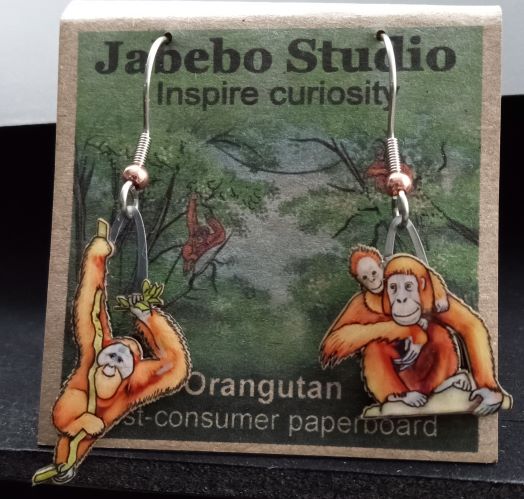
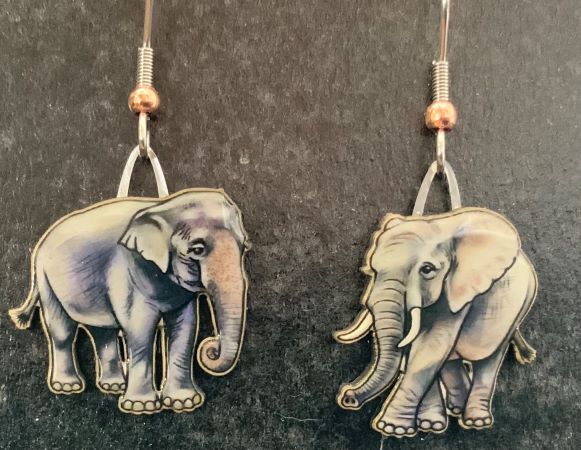
Two species of elephants live on our planet and are associated with two continents. Some of the distinctive characteristics of each can be compared in our earrings.
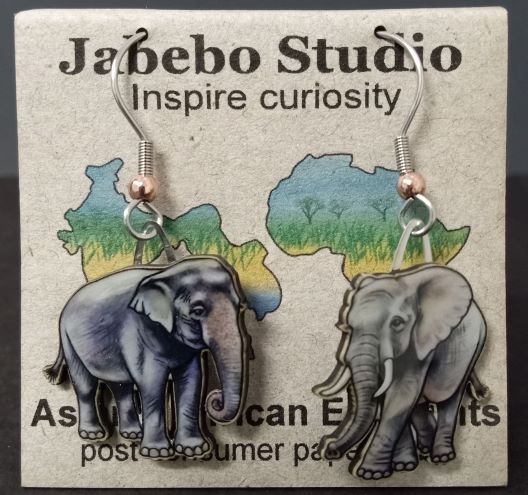
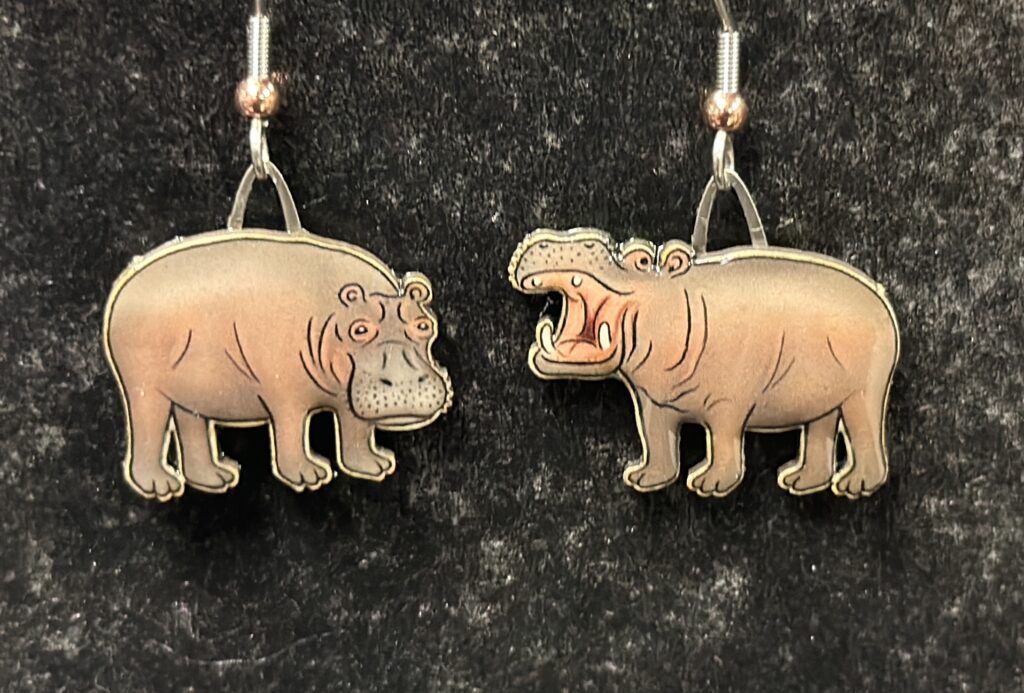
Hippopotamuses make great earrings, but they are not likely to live in your backyard. That’s not a bad thing considering that hippos are considered the deadliest large land mammal on the planet!
